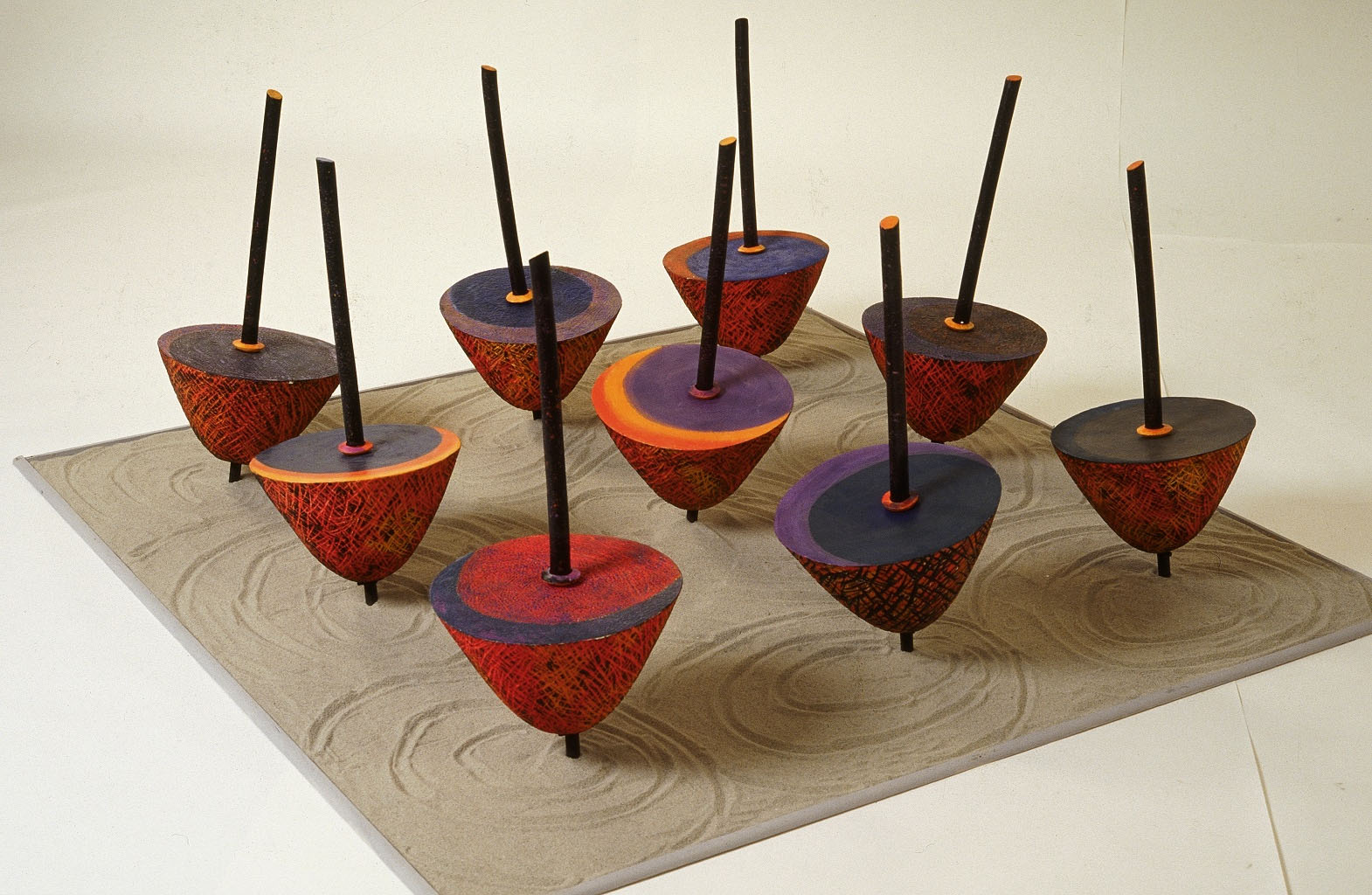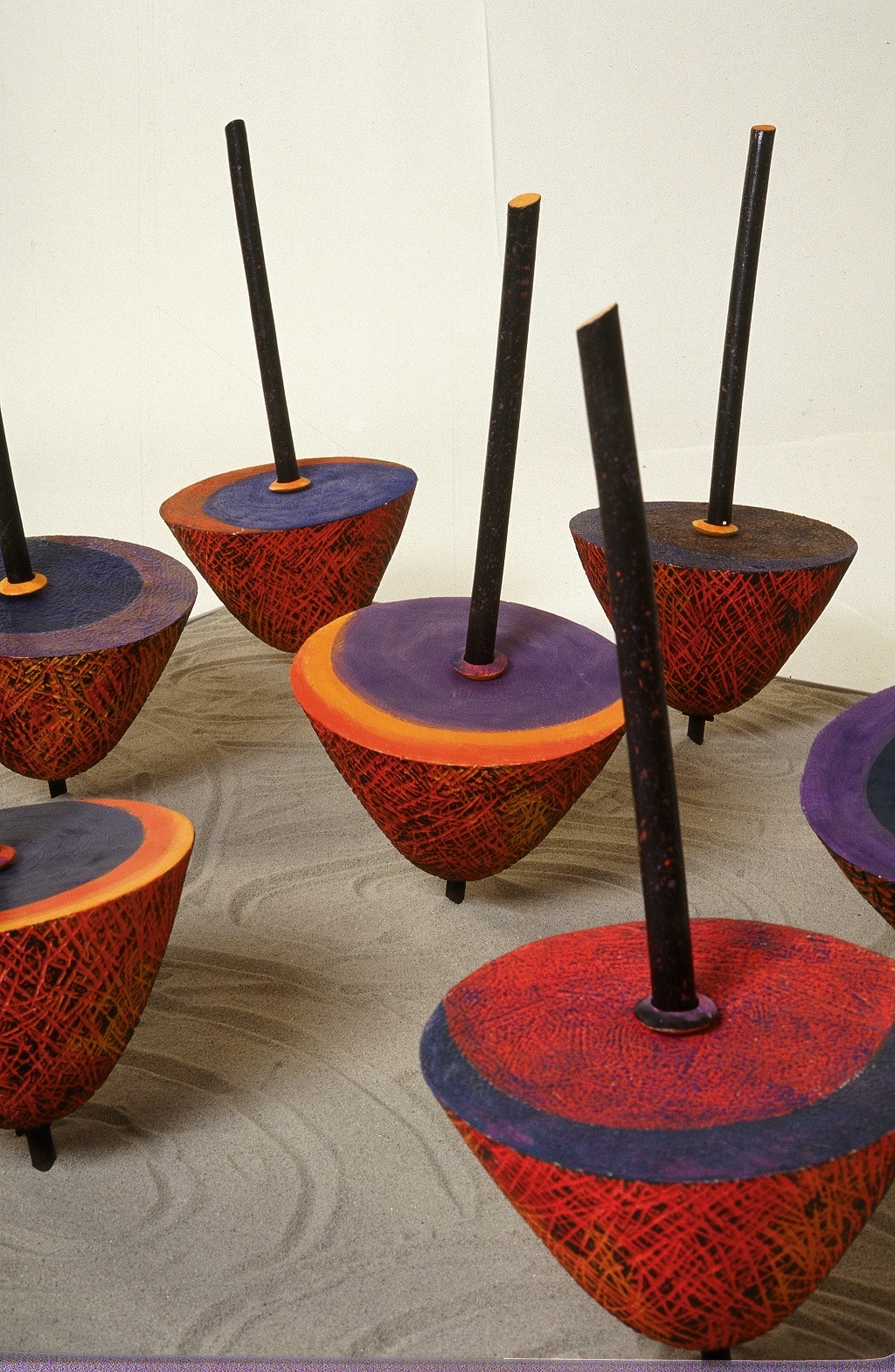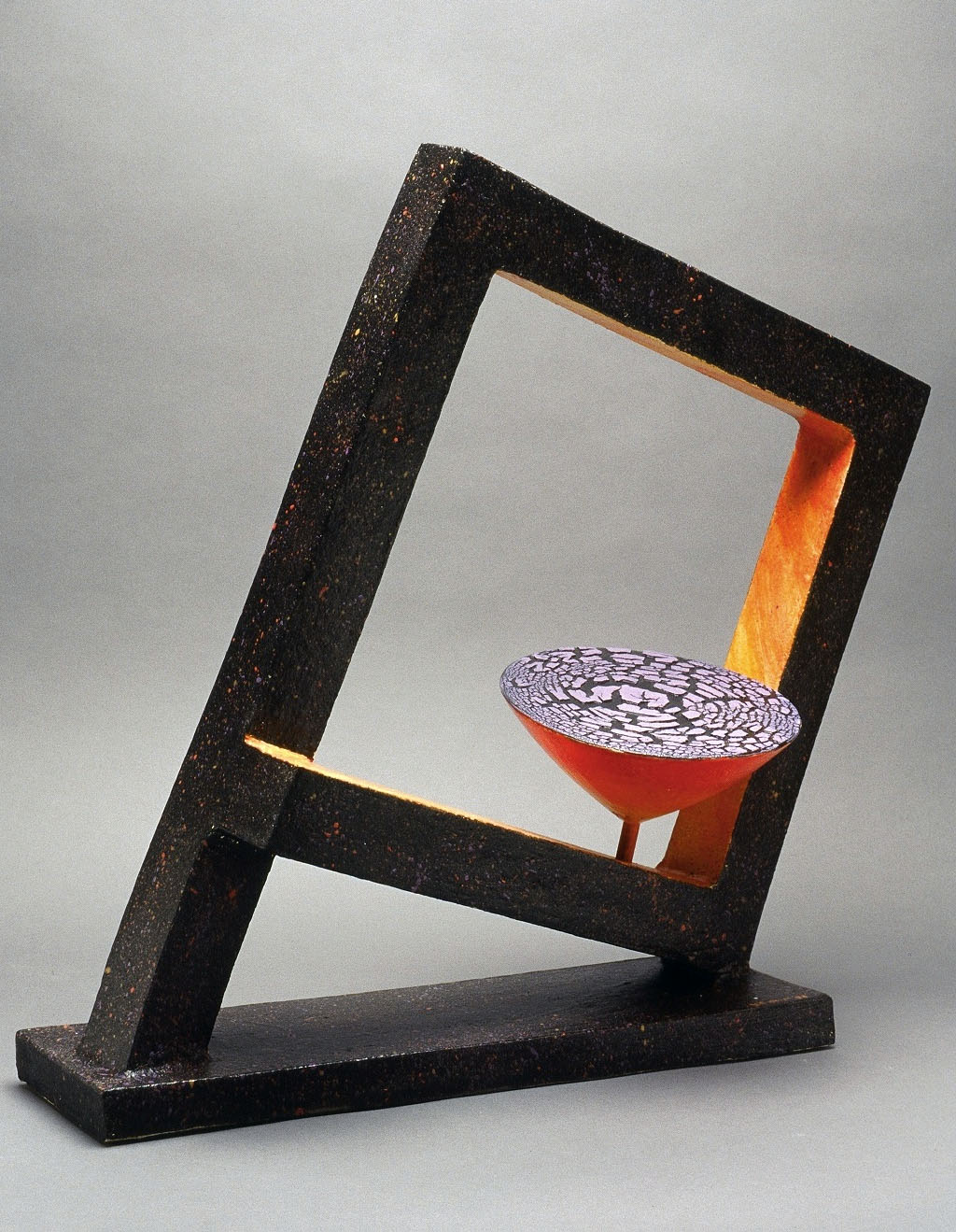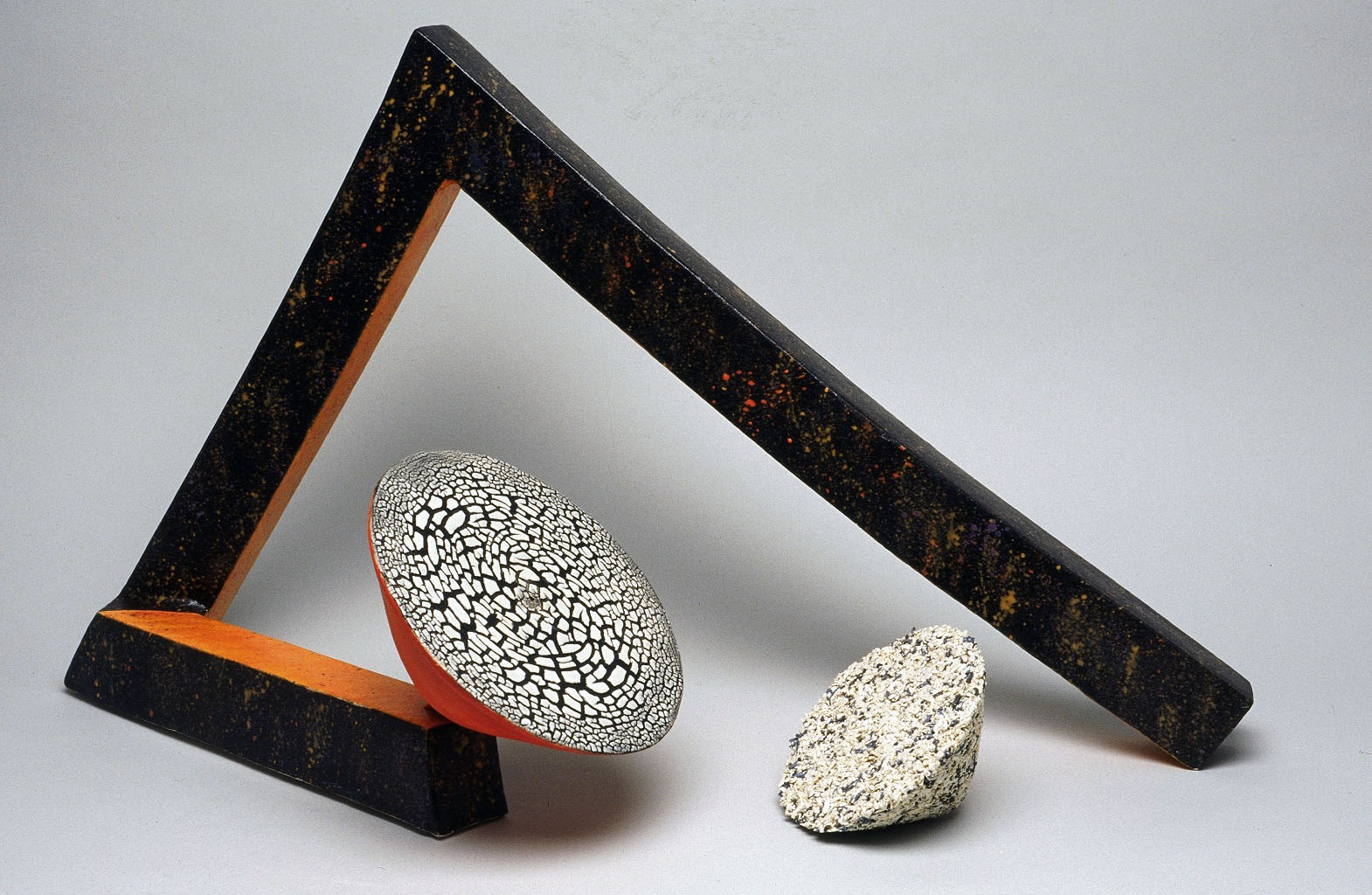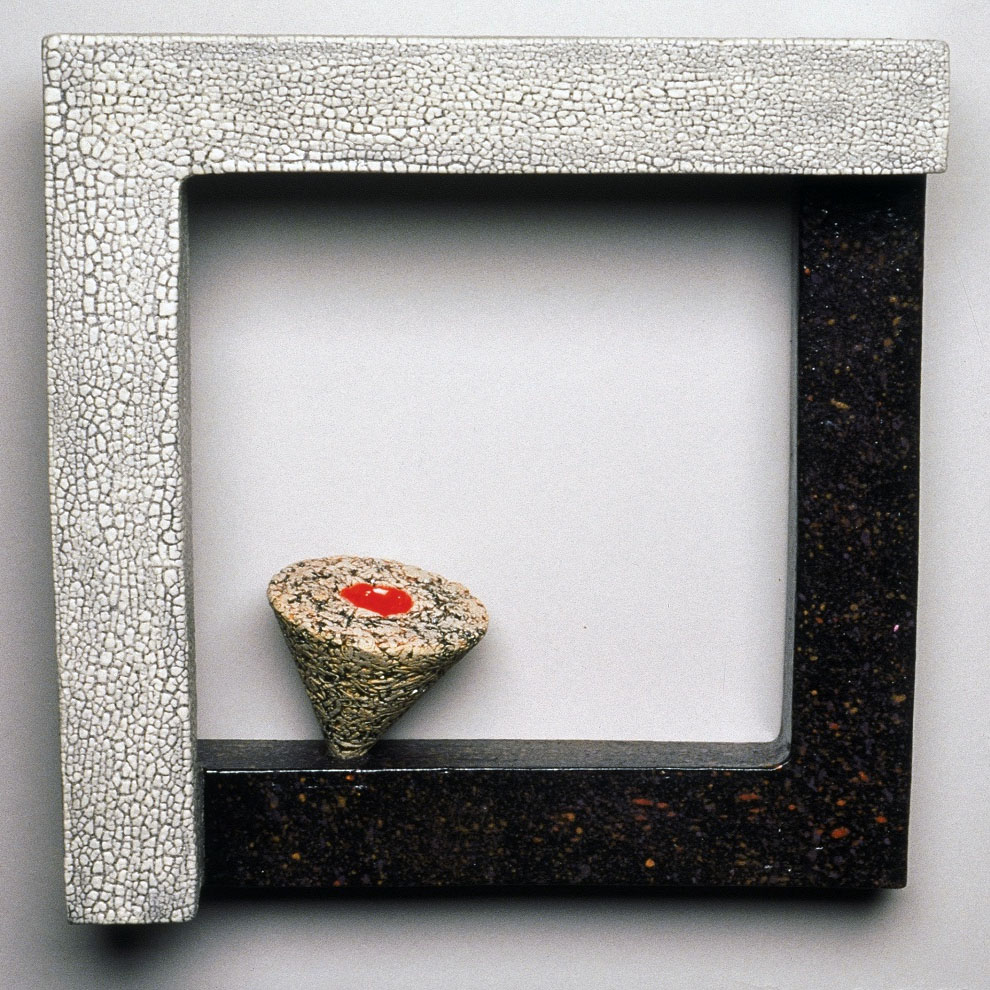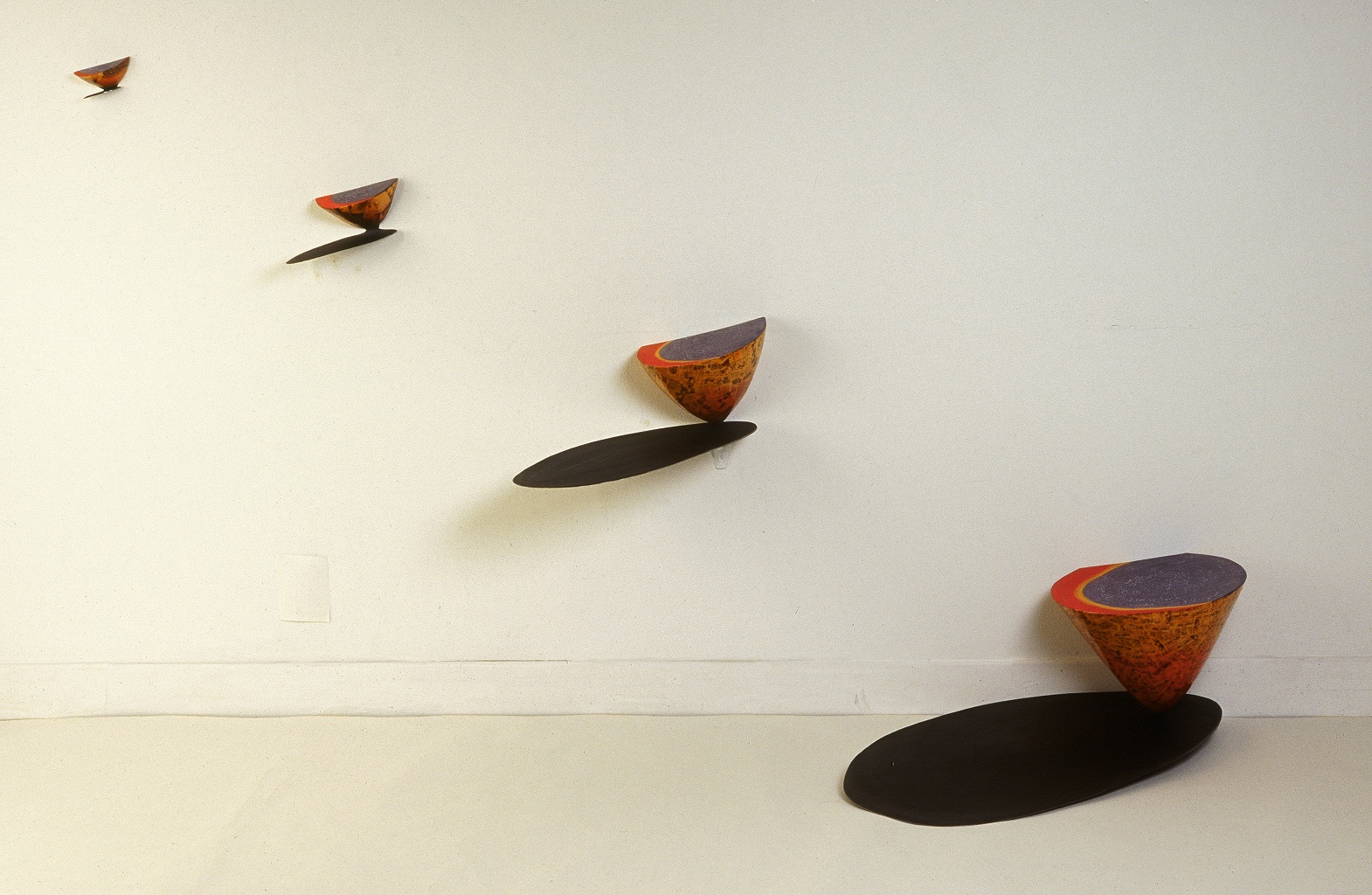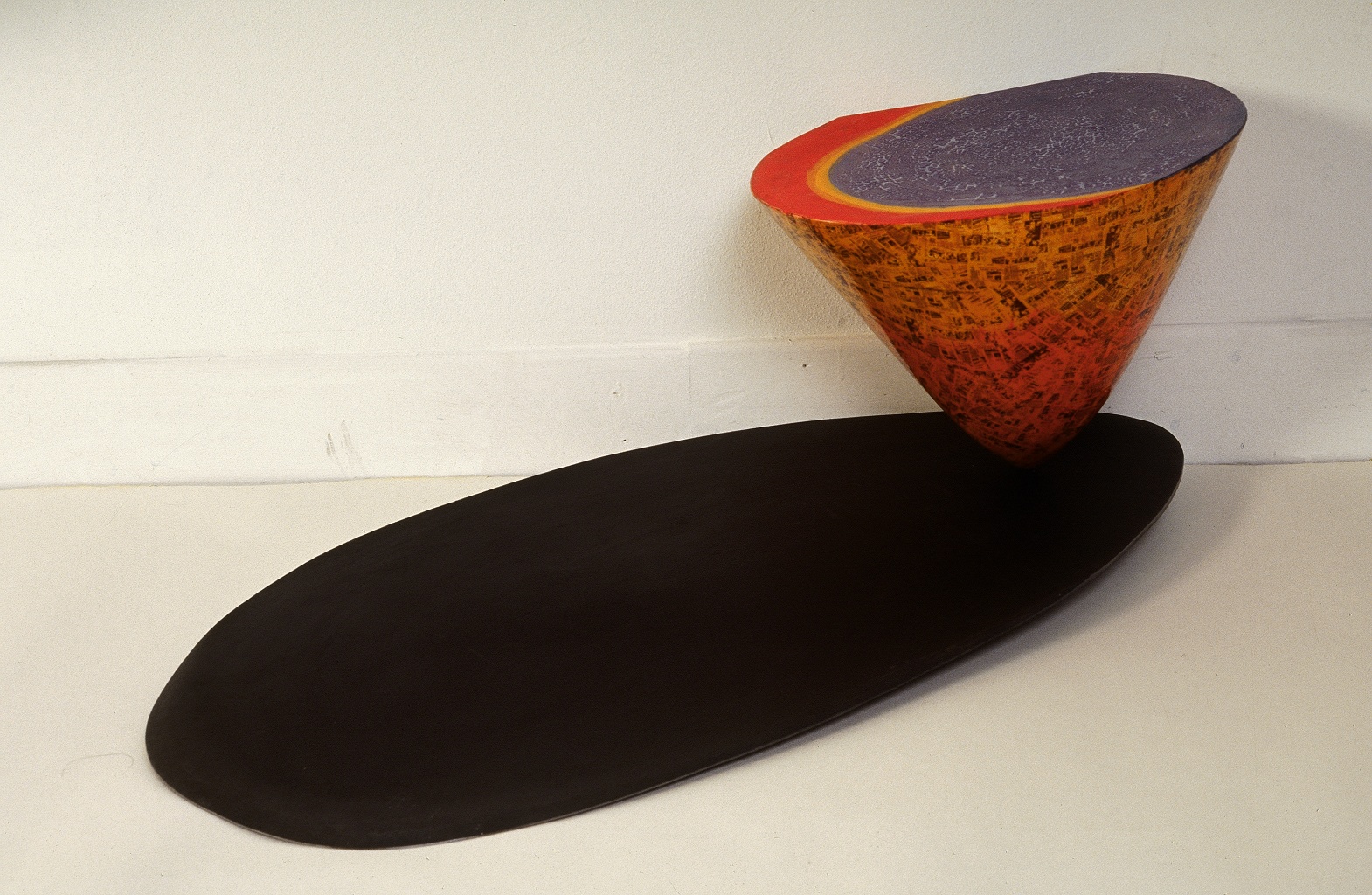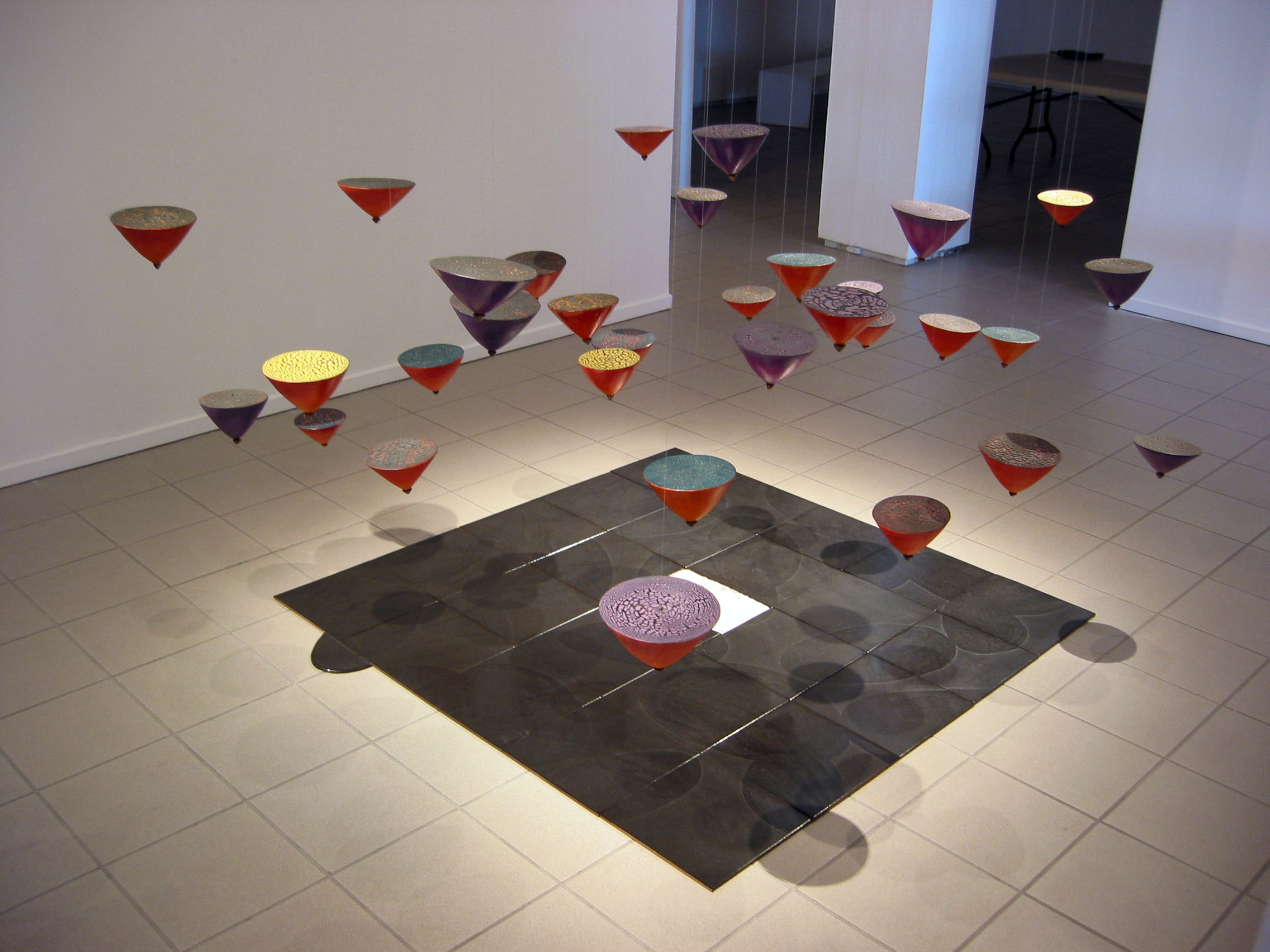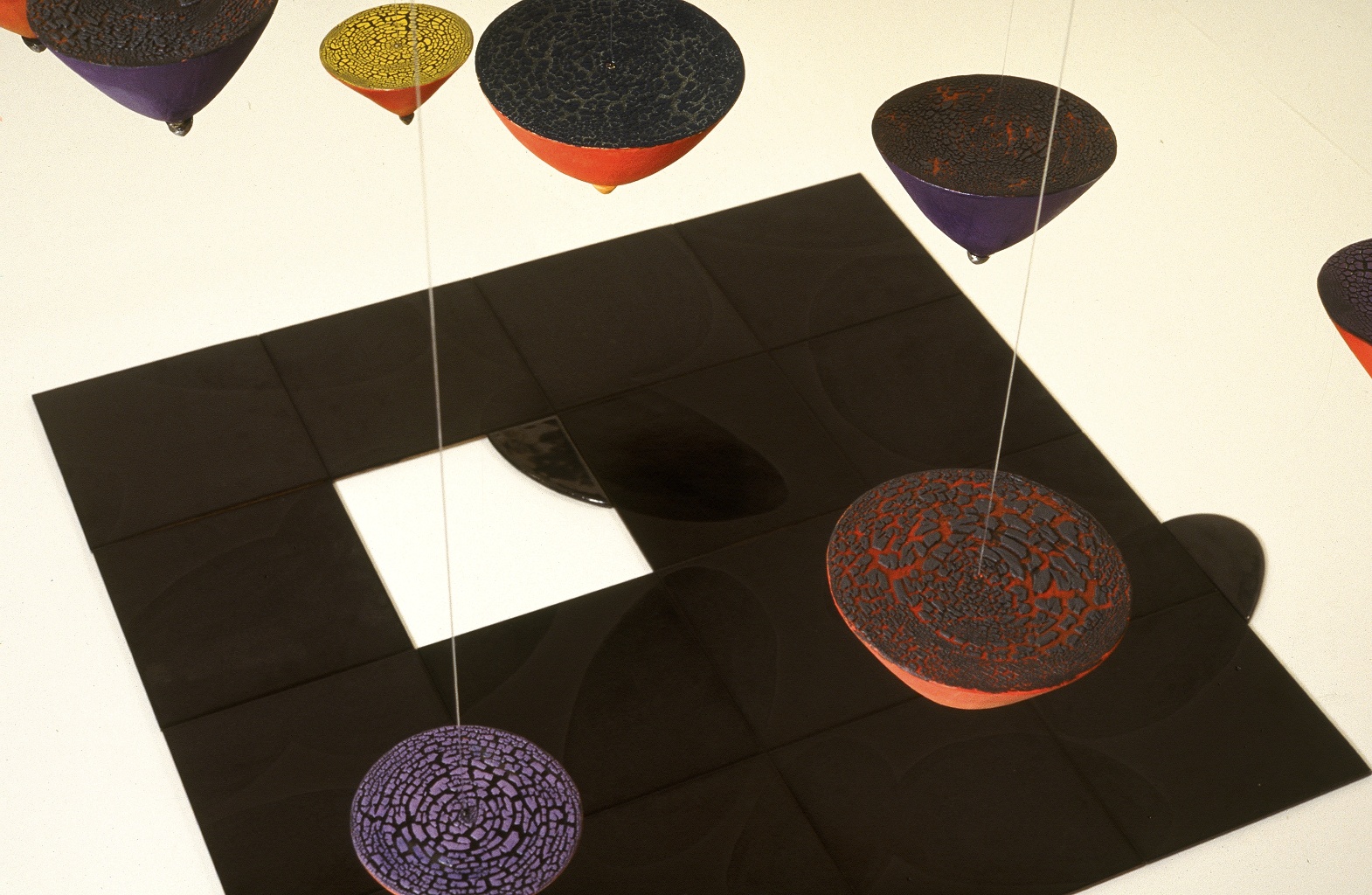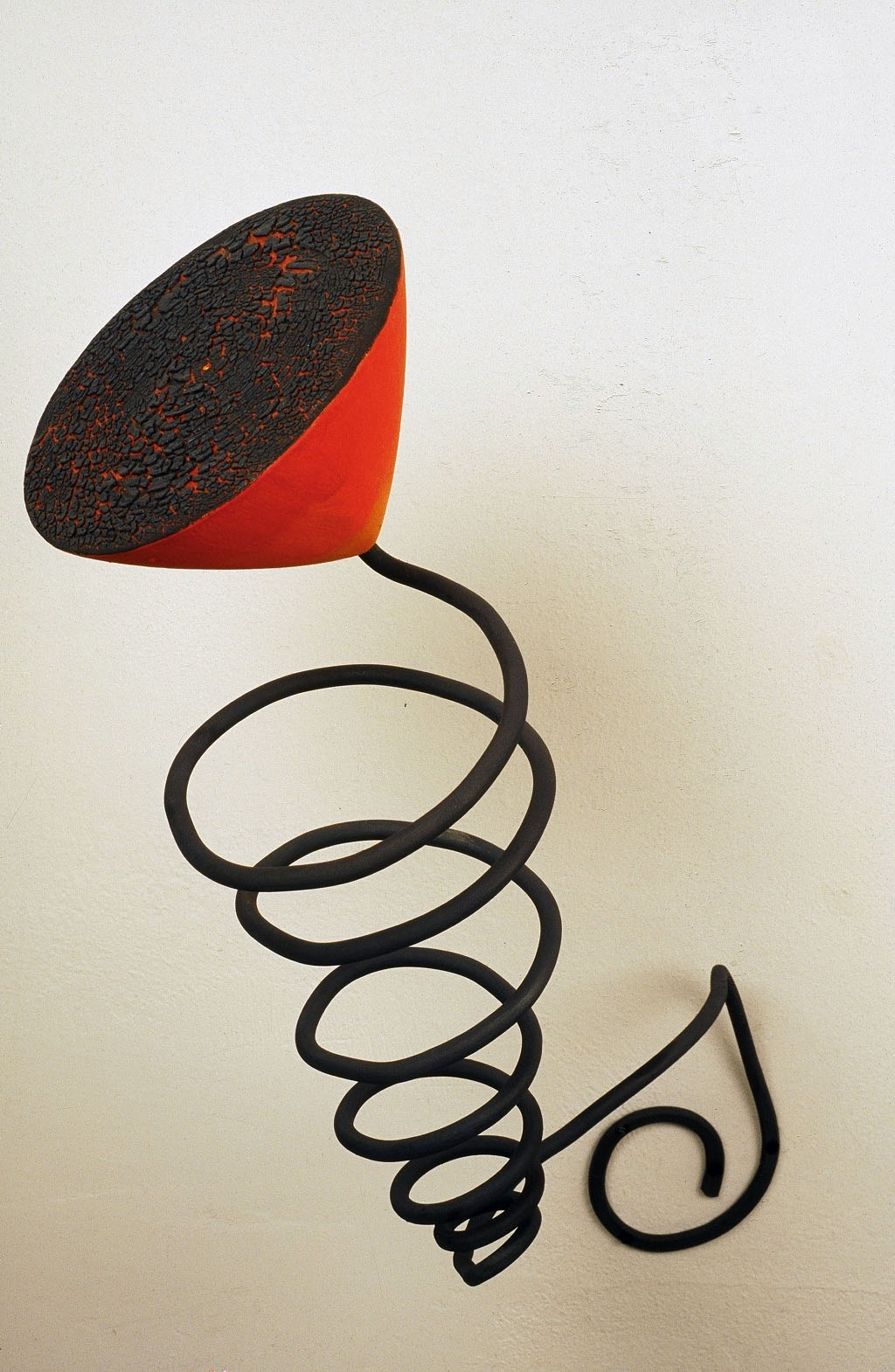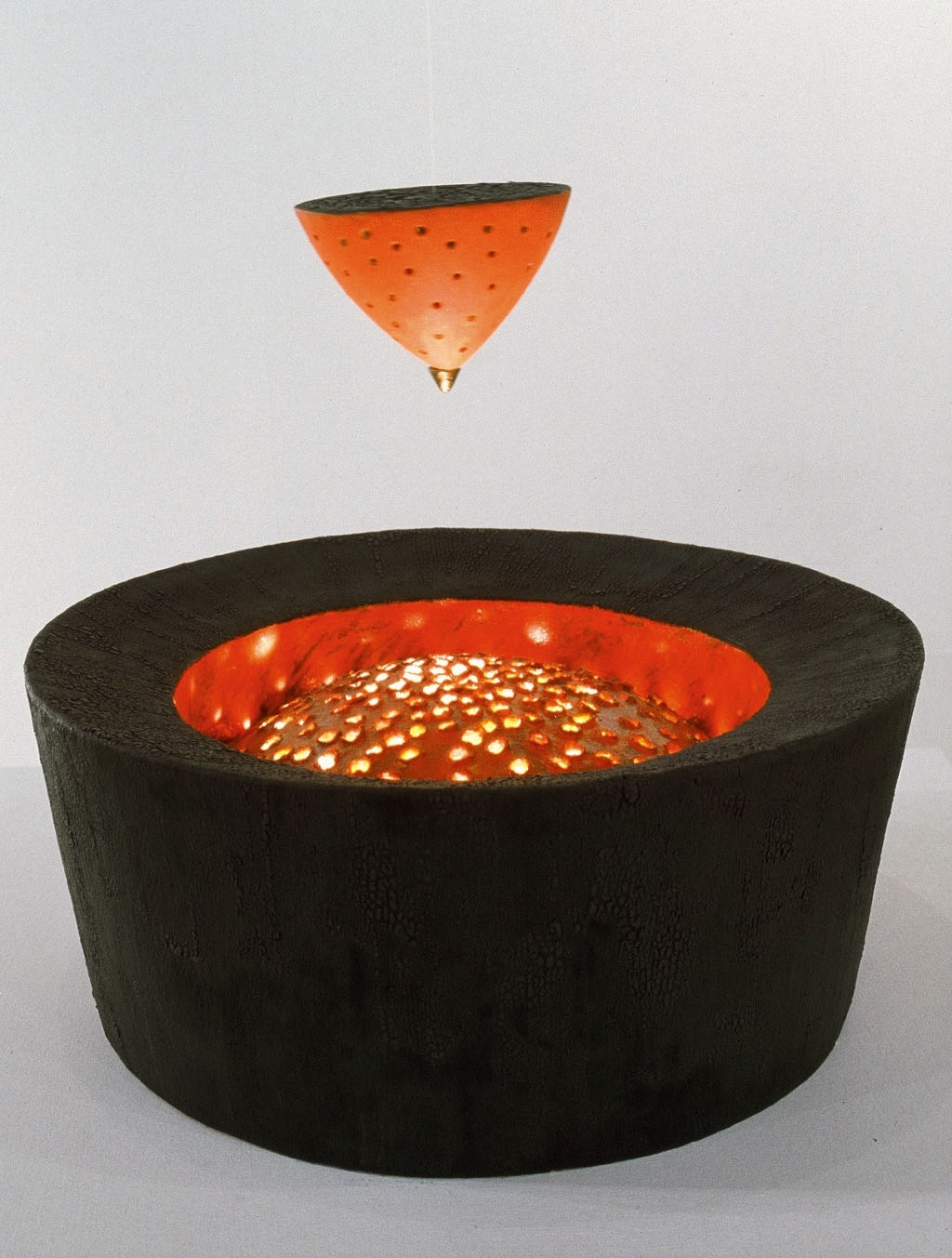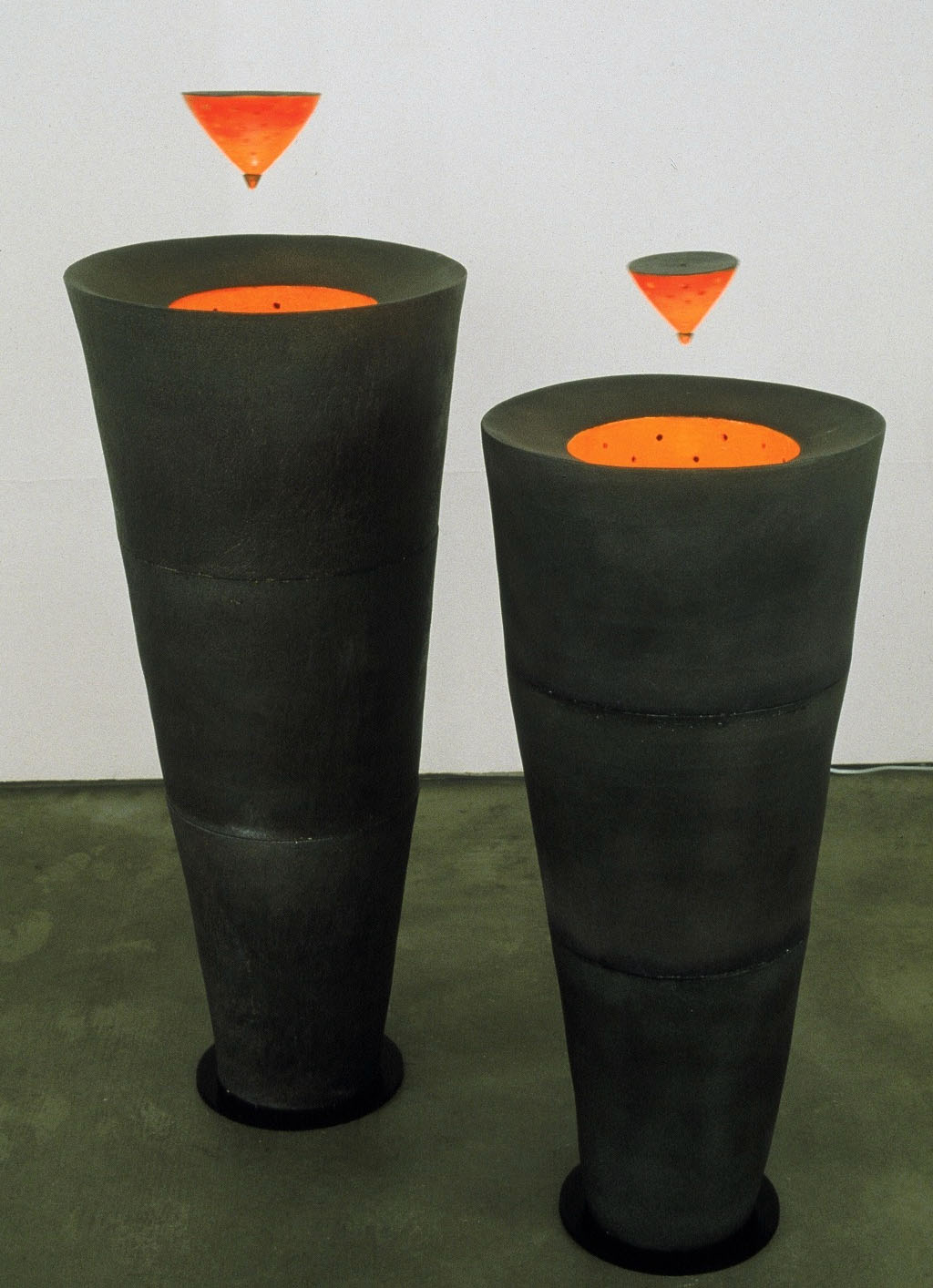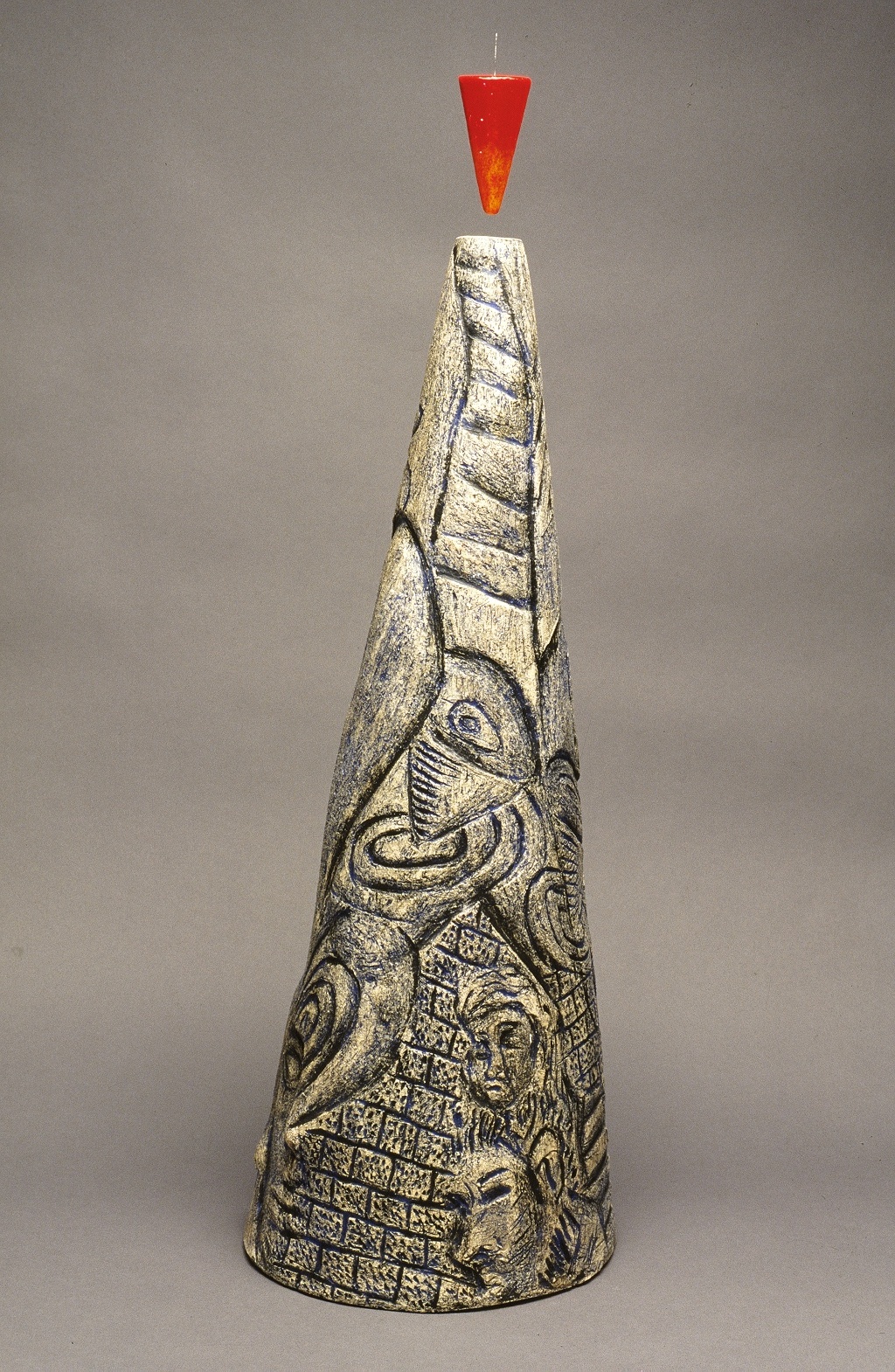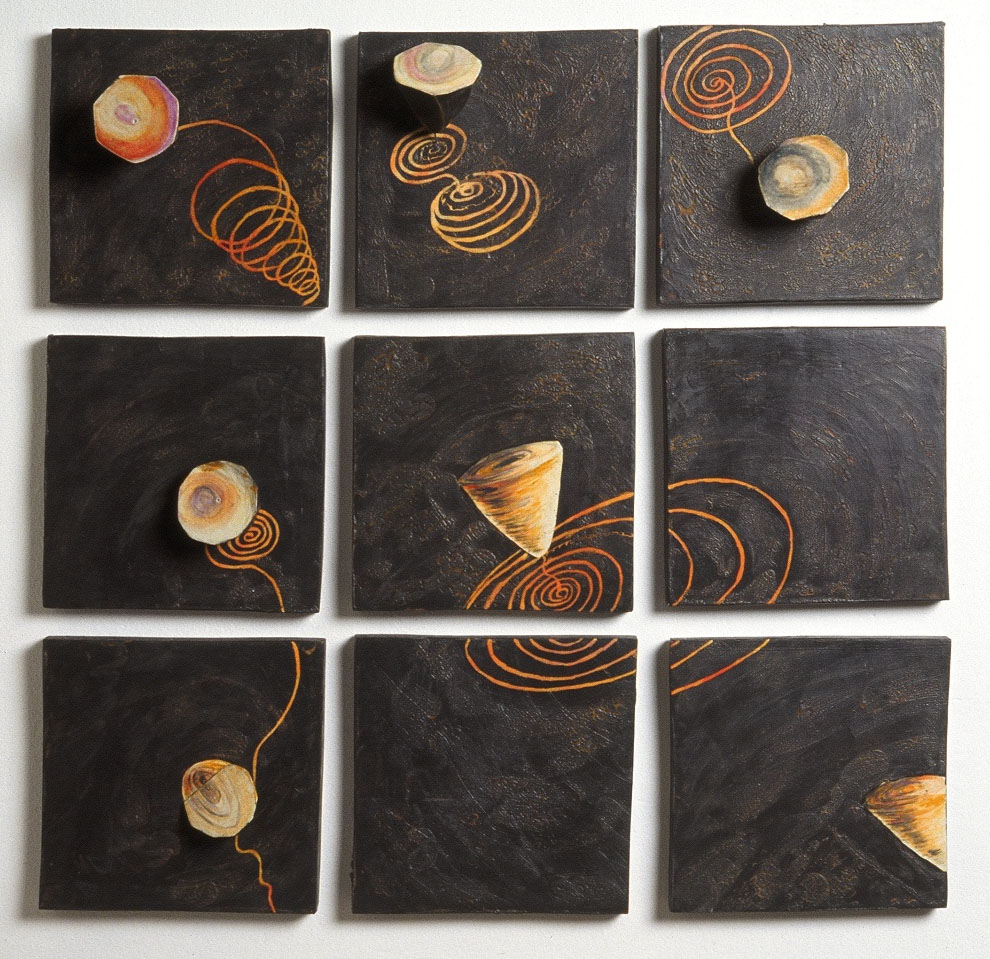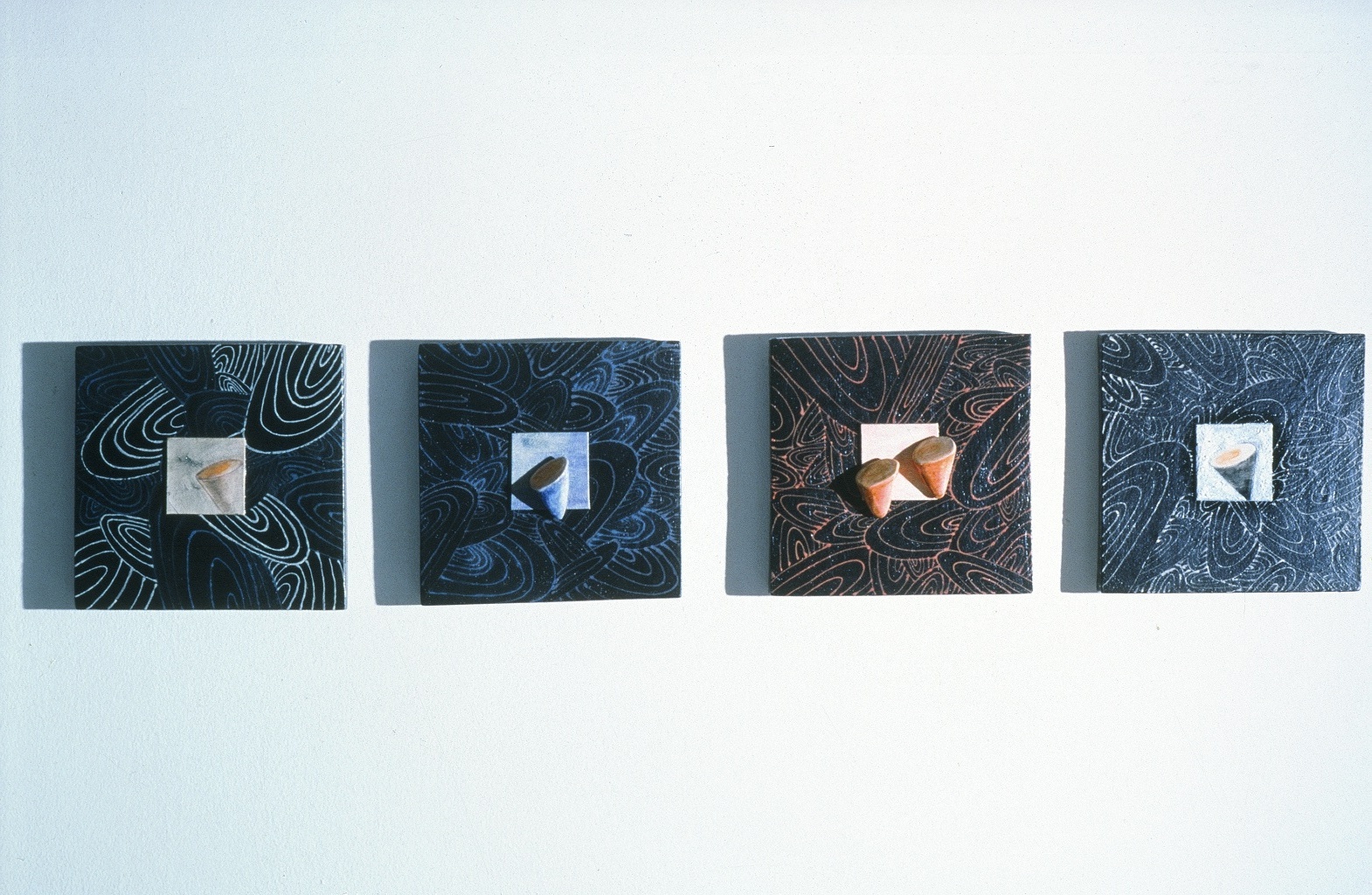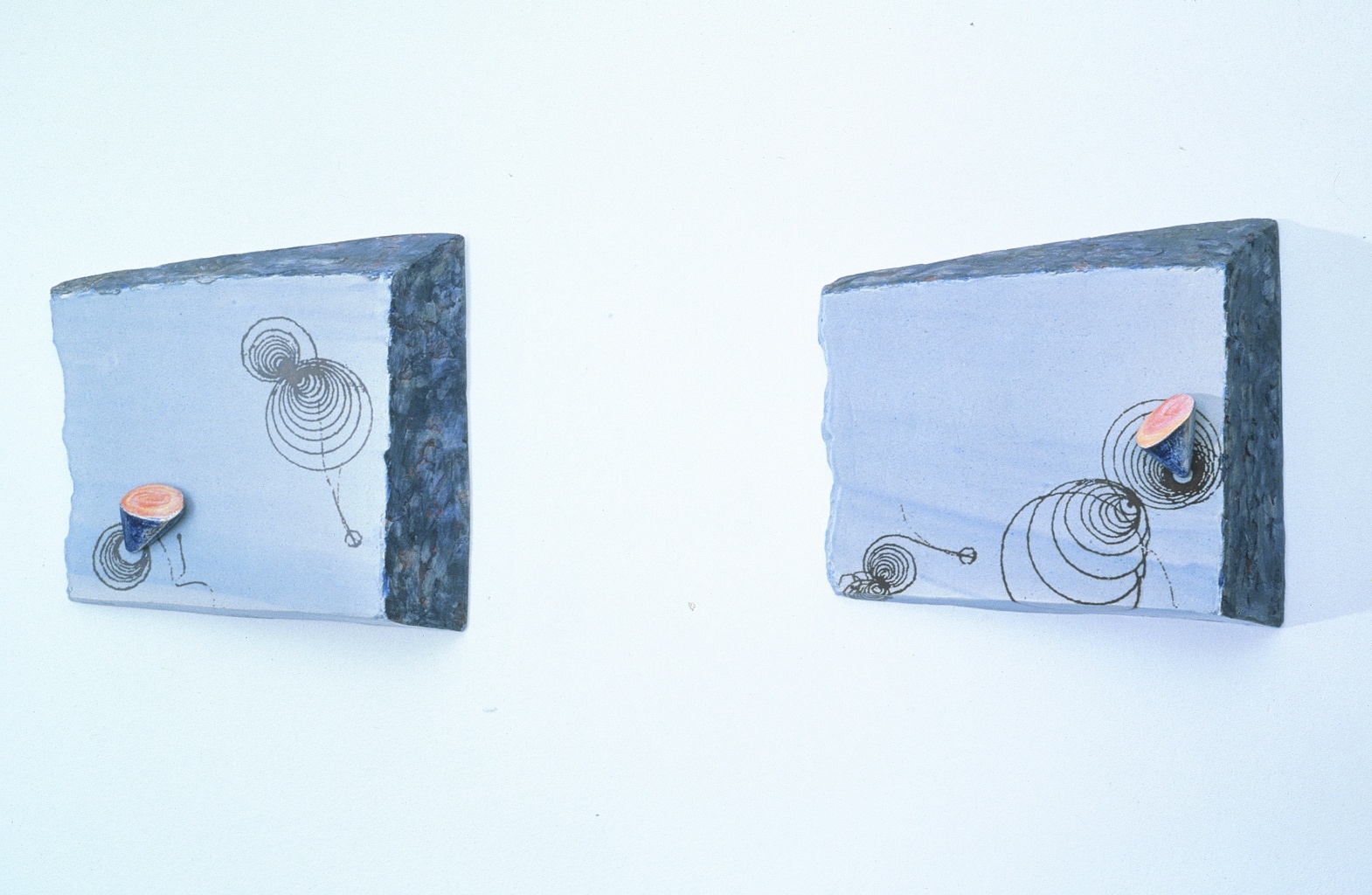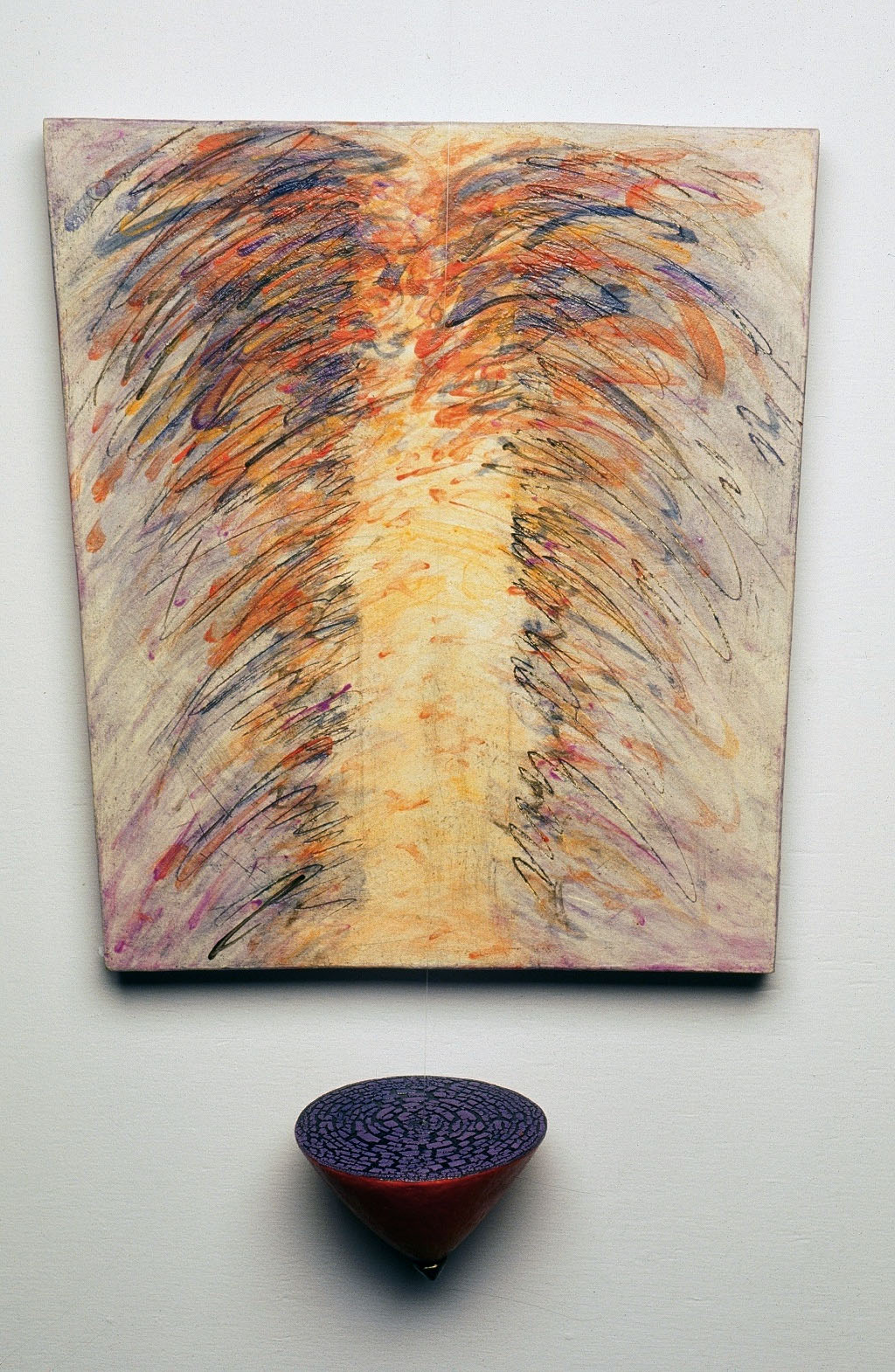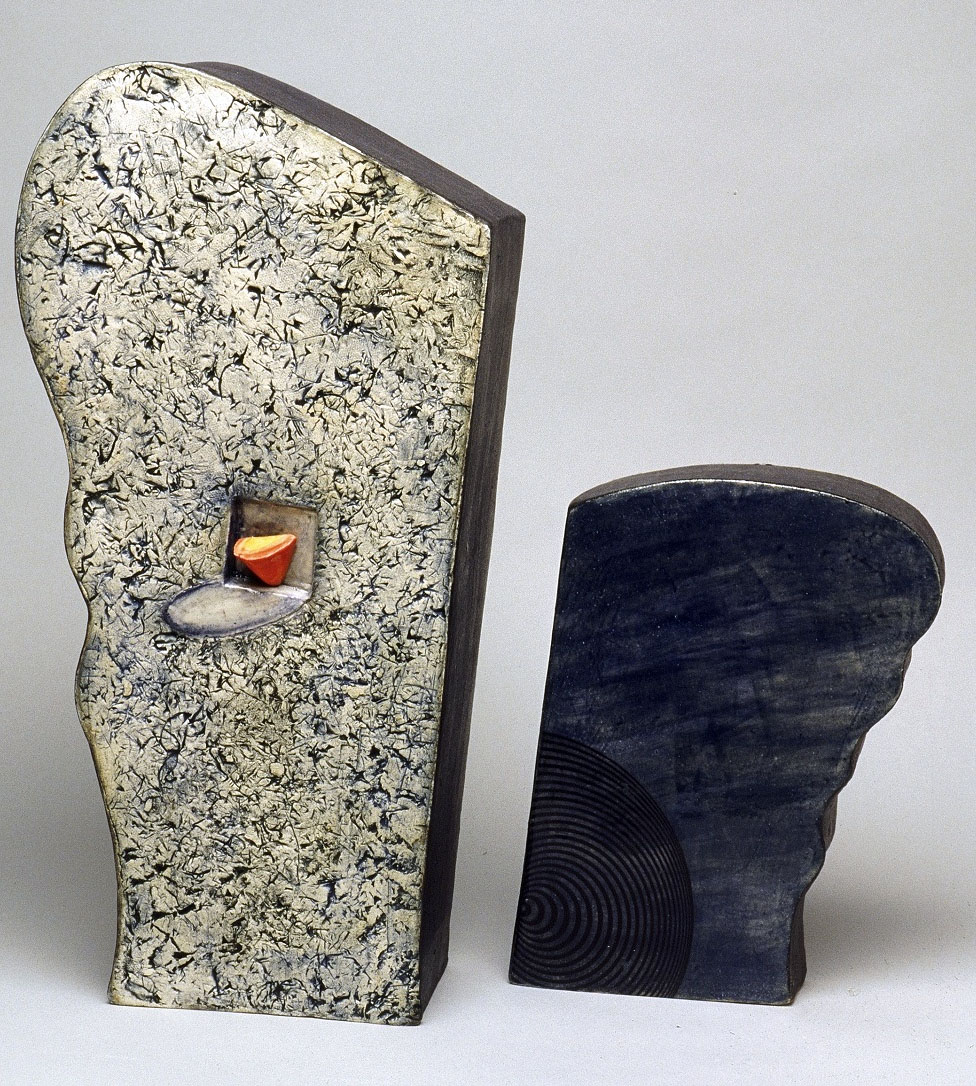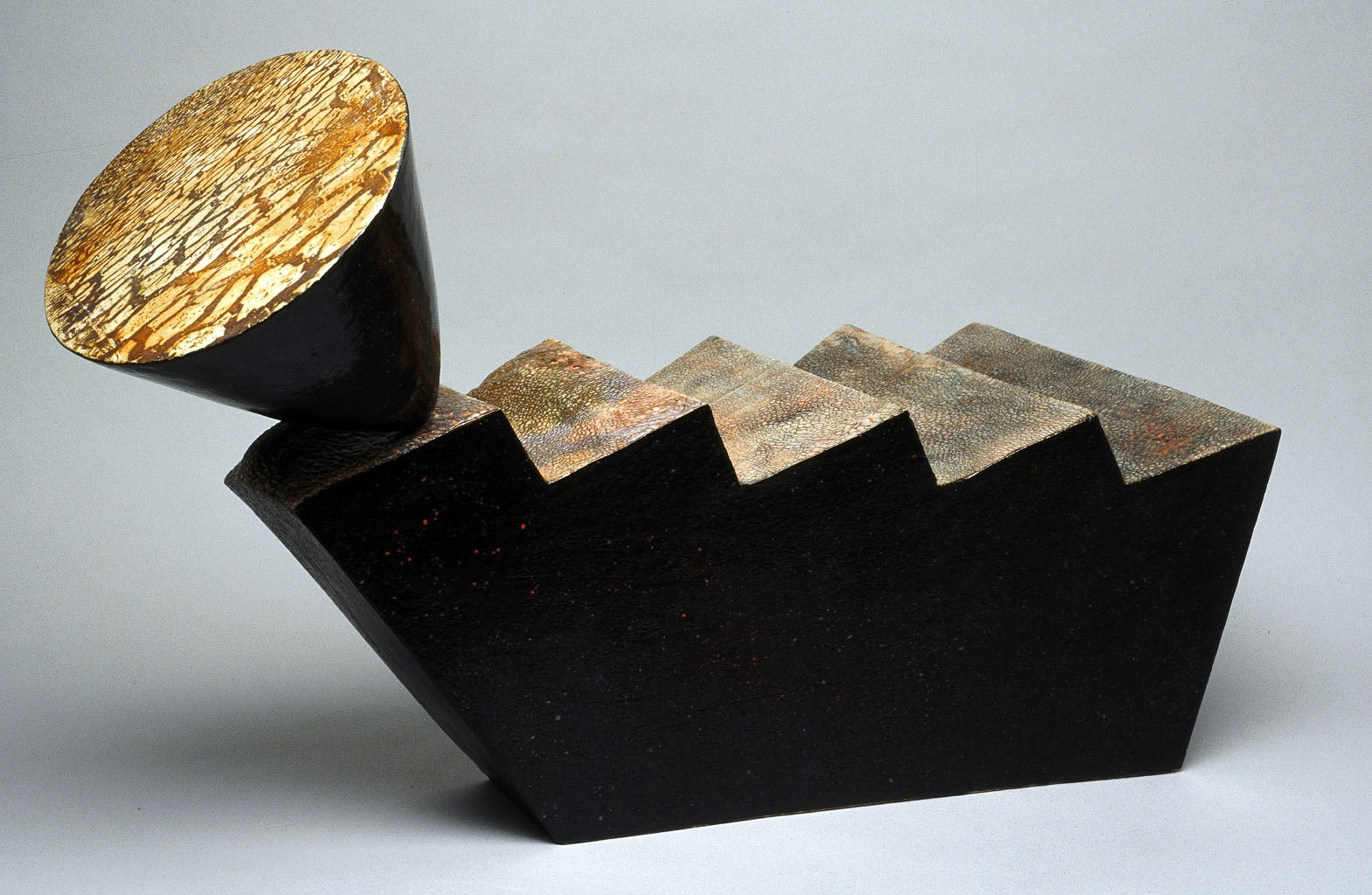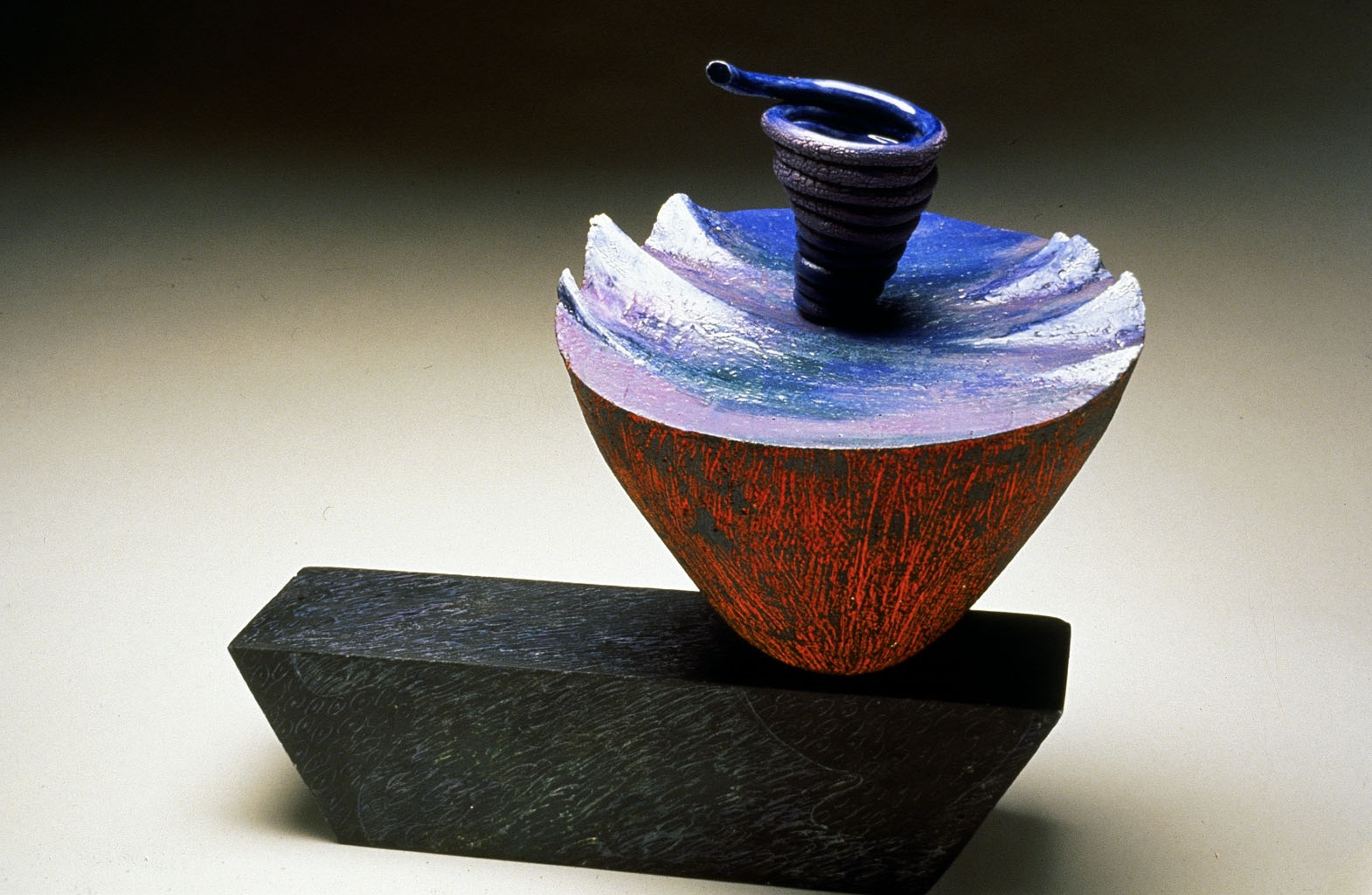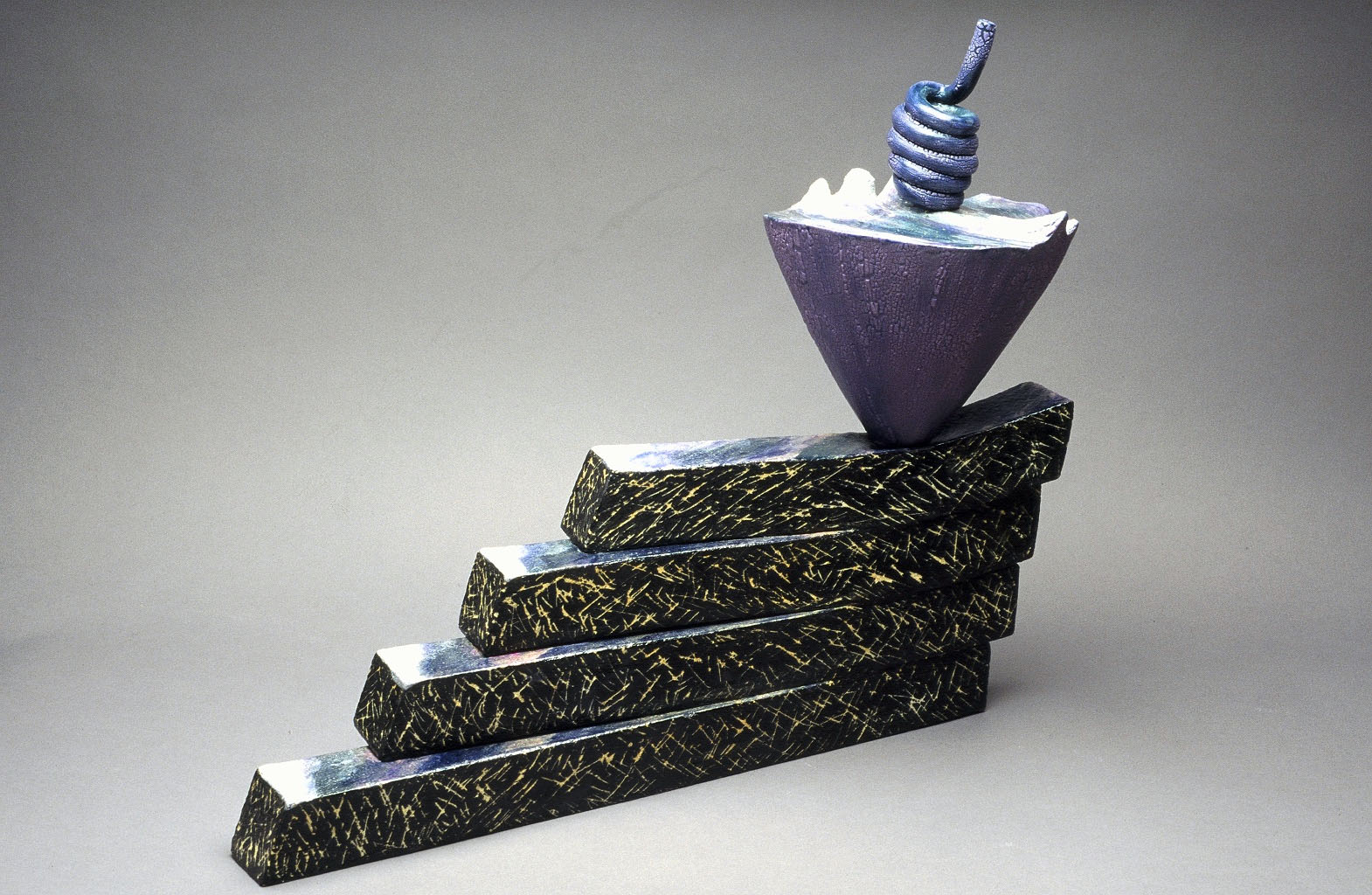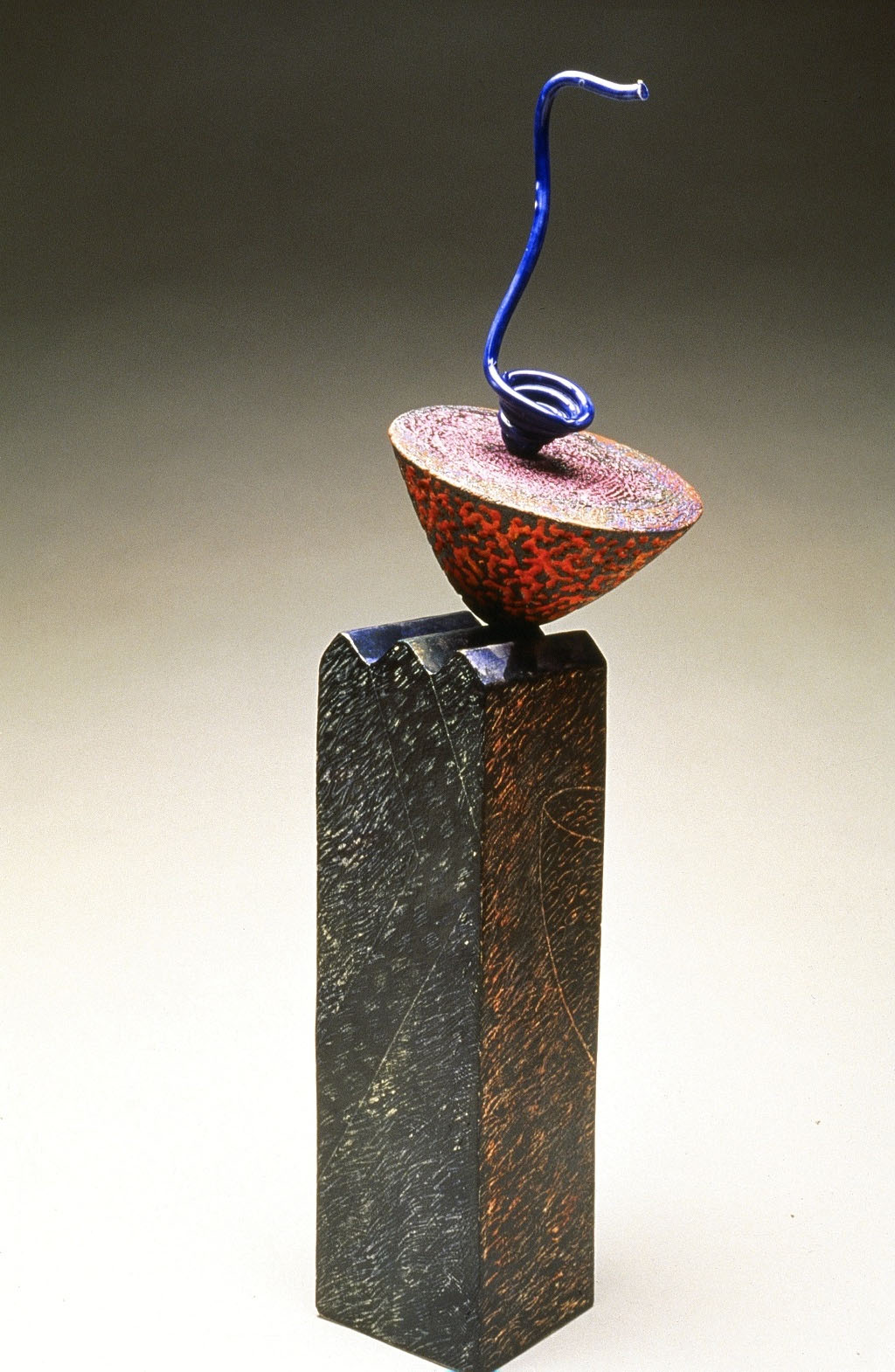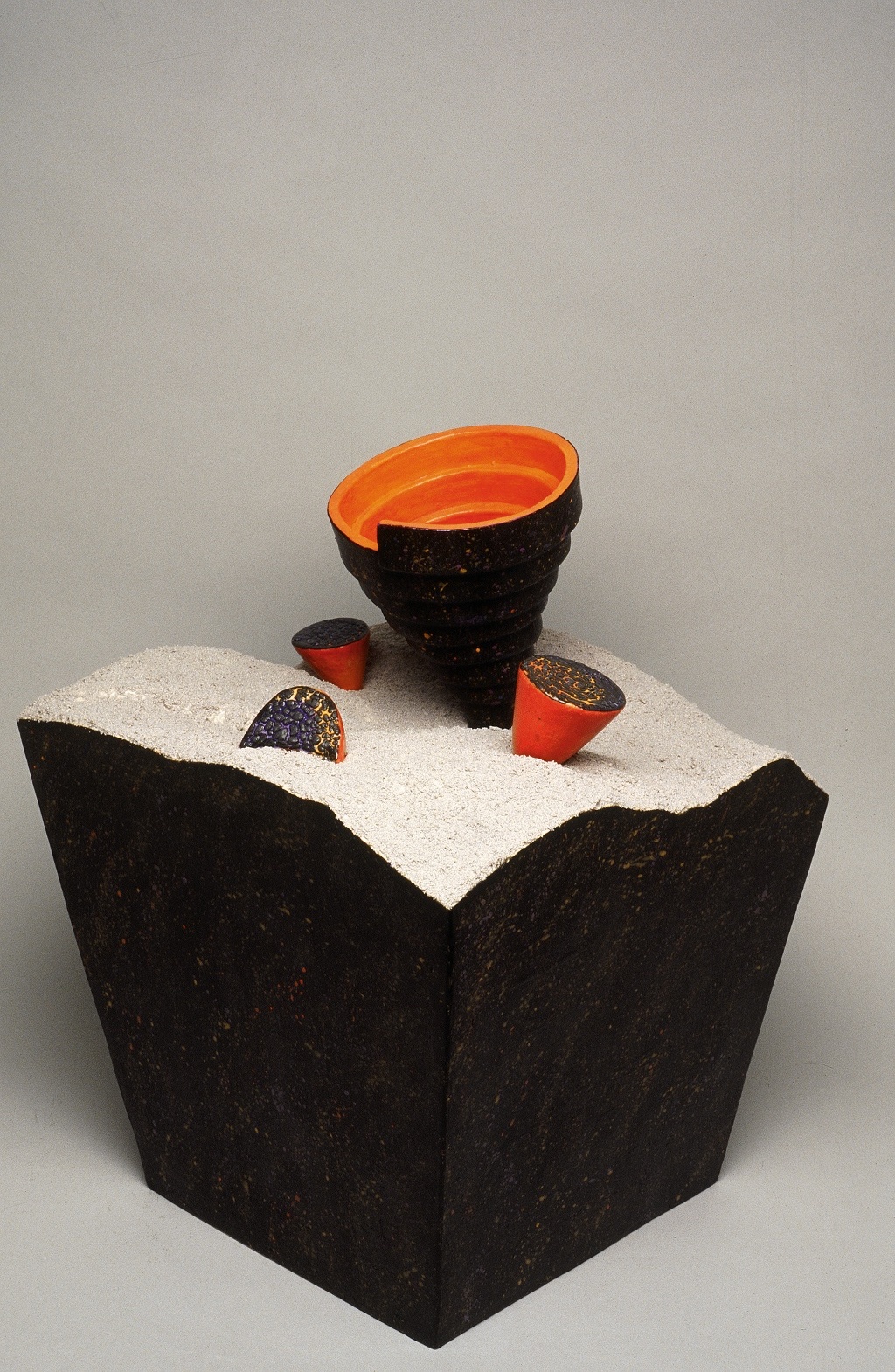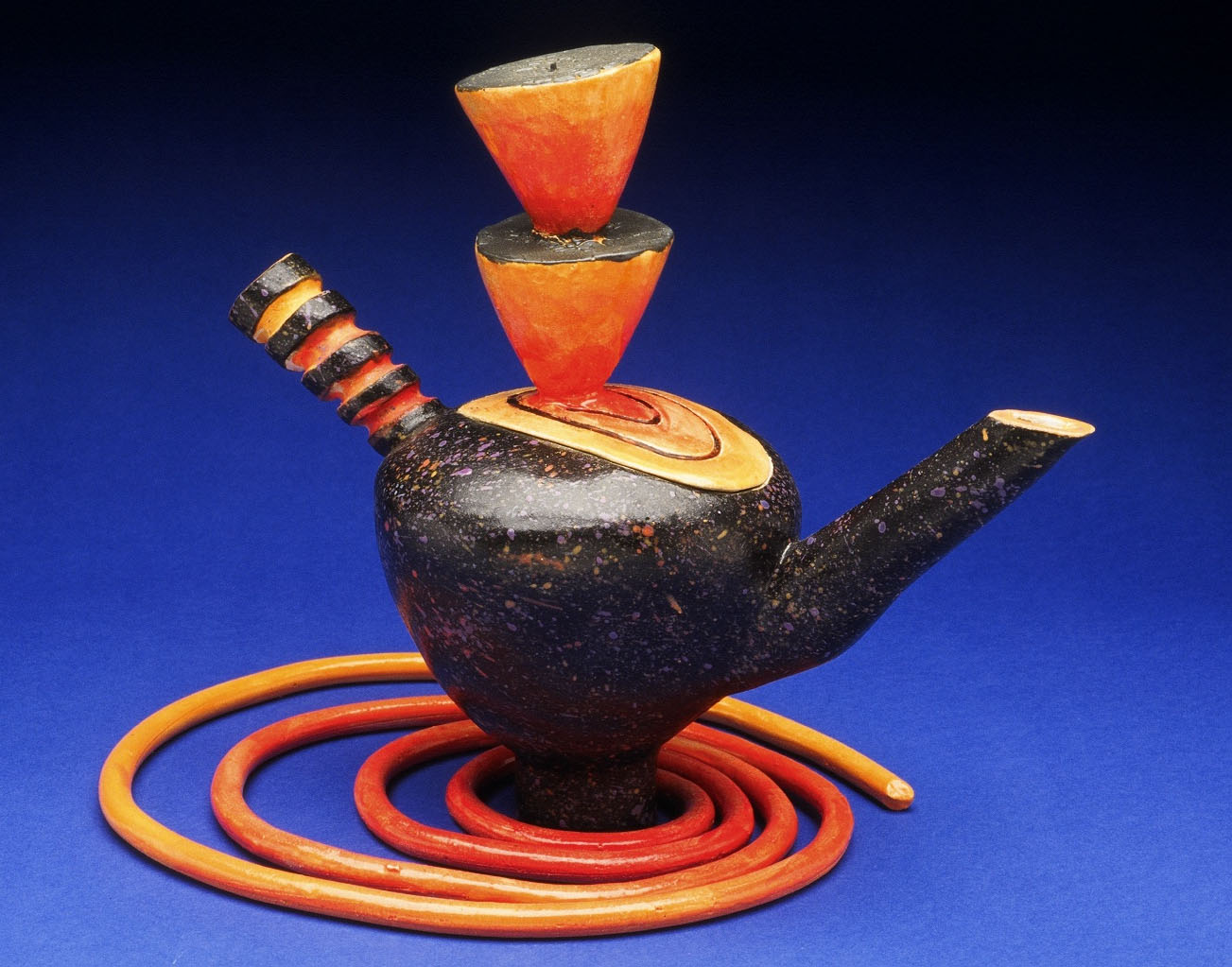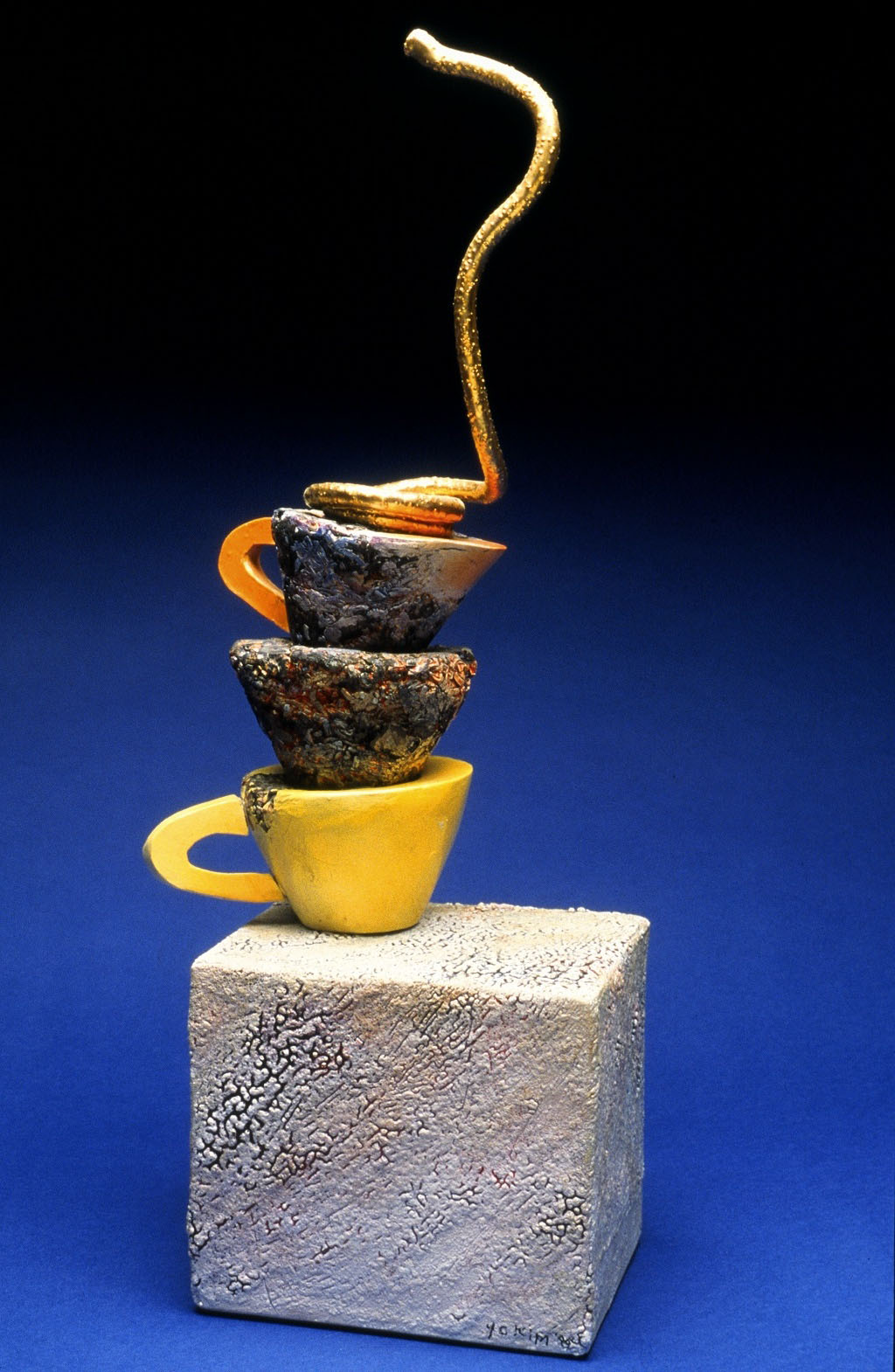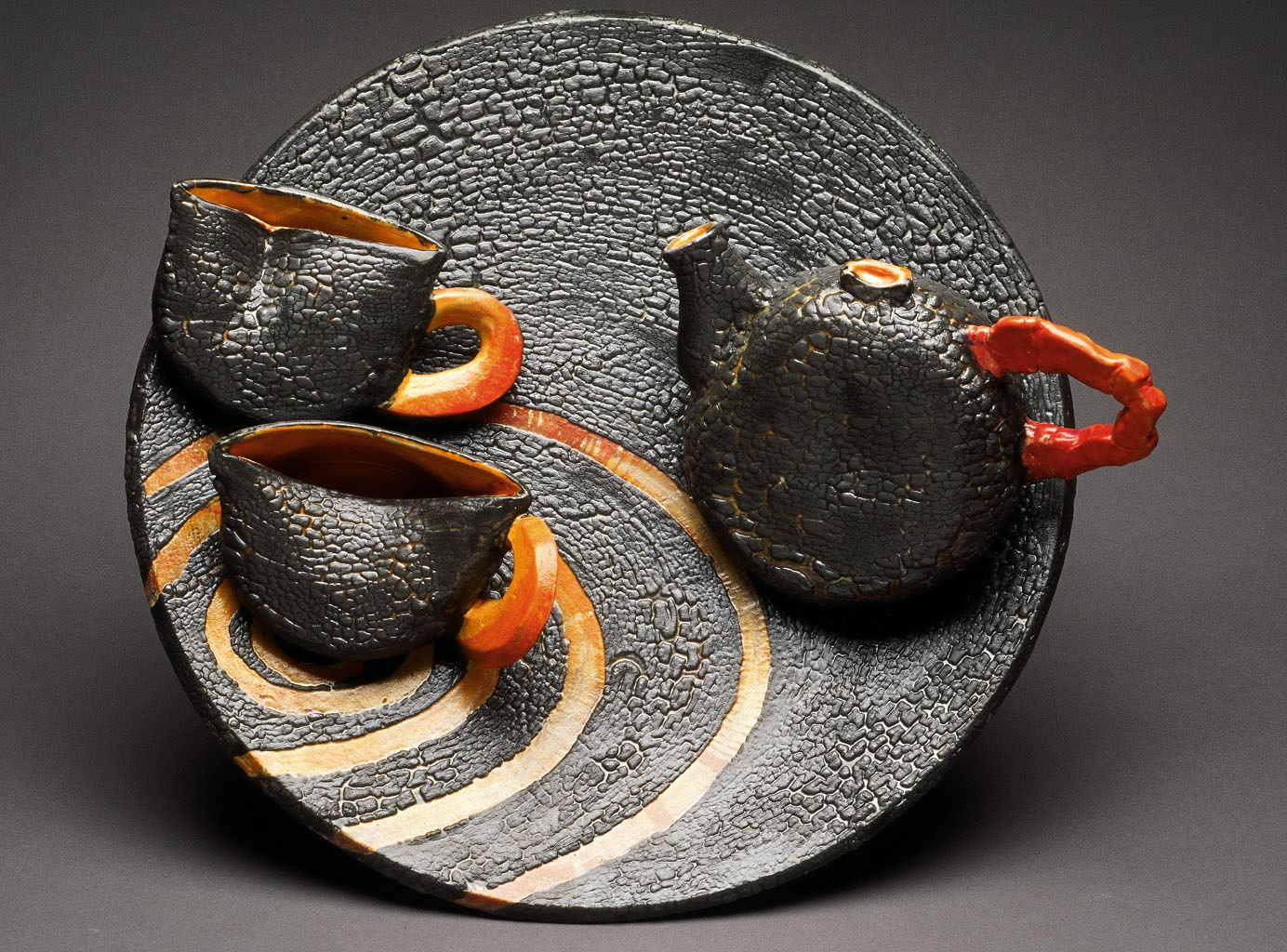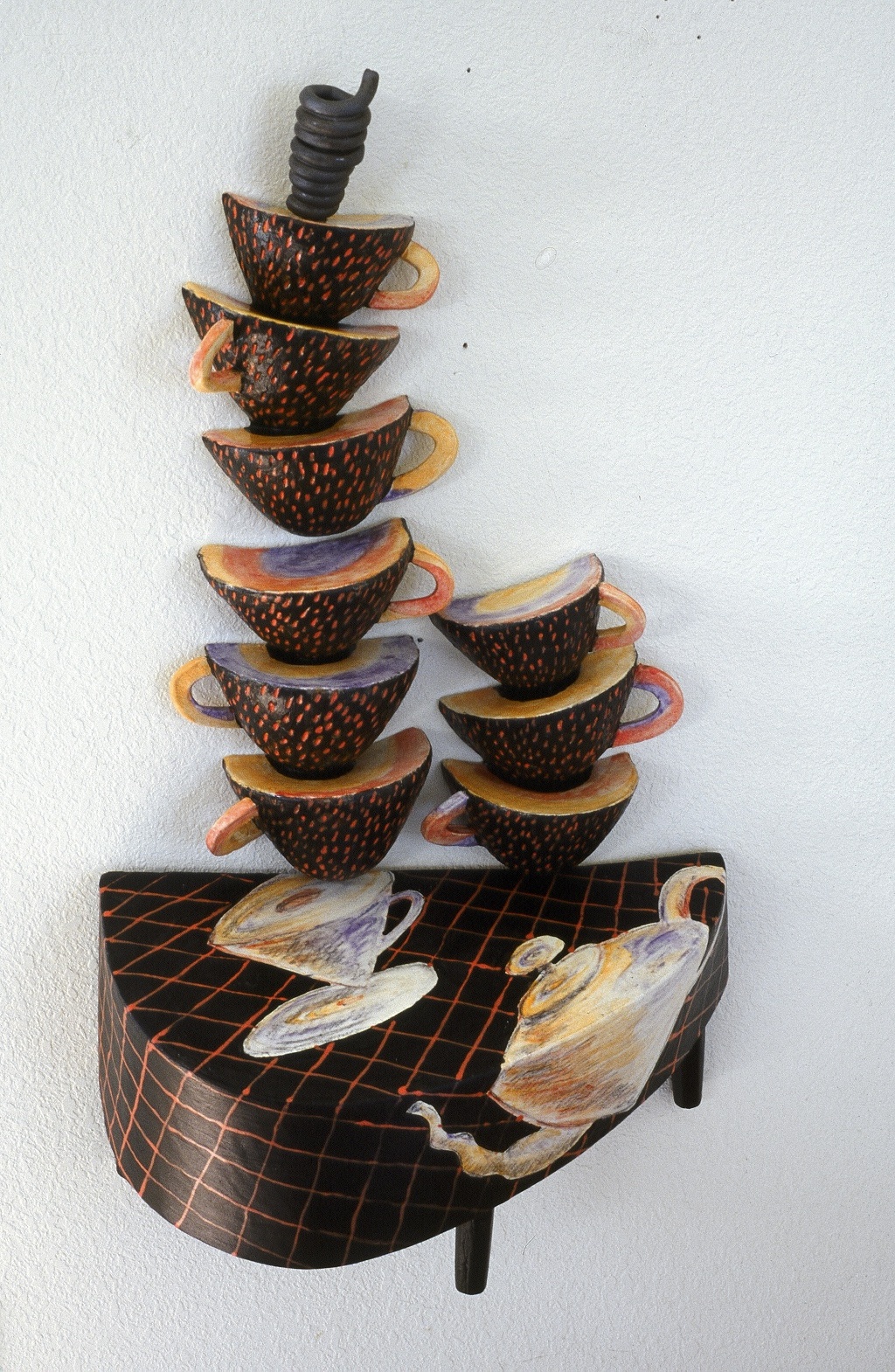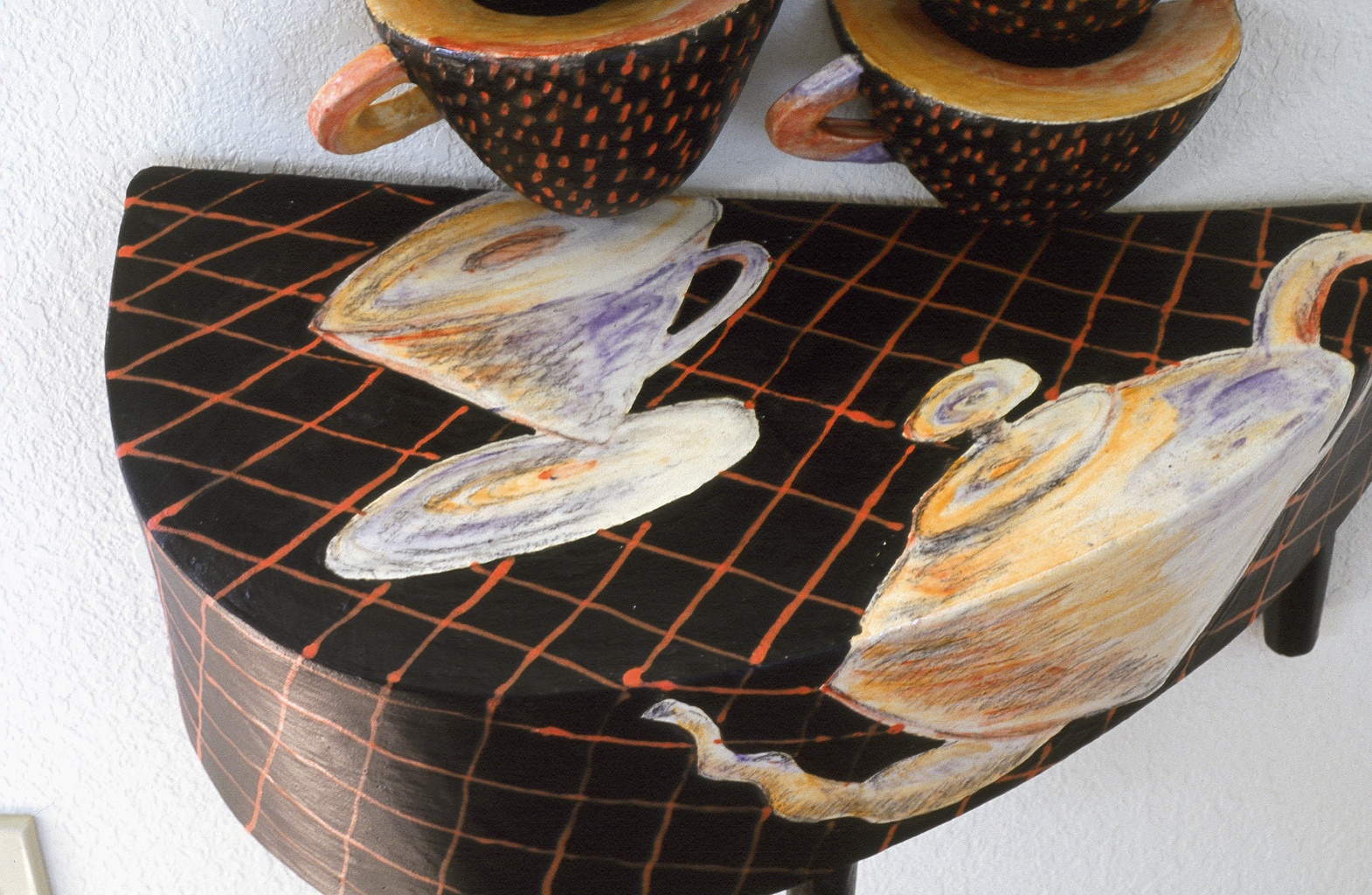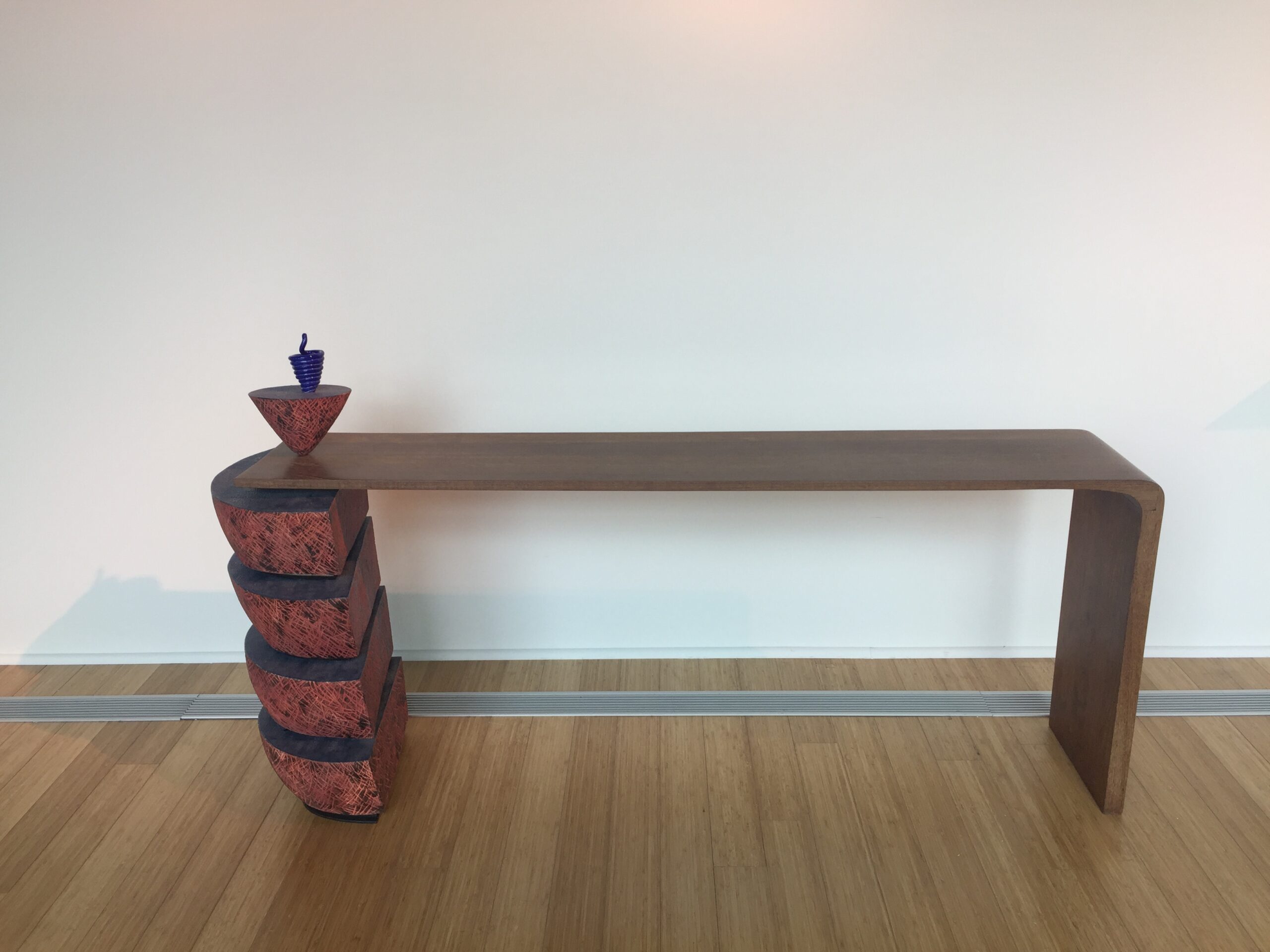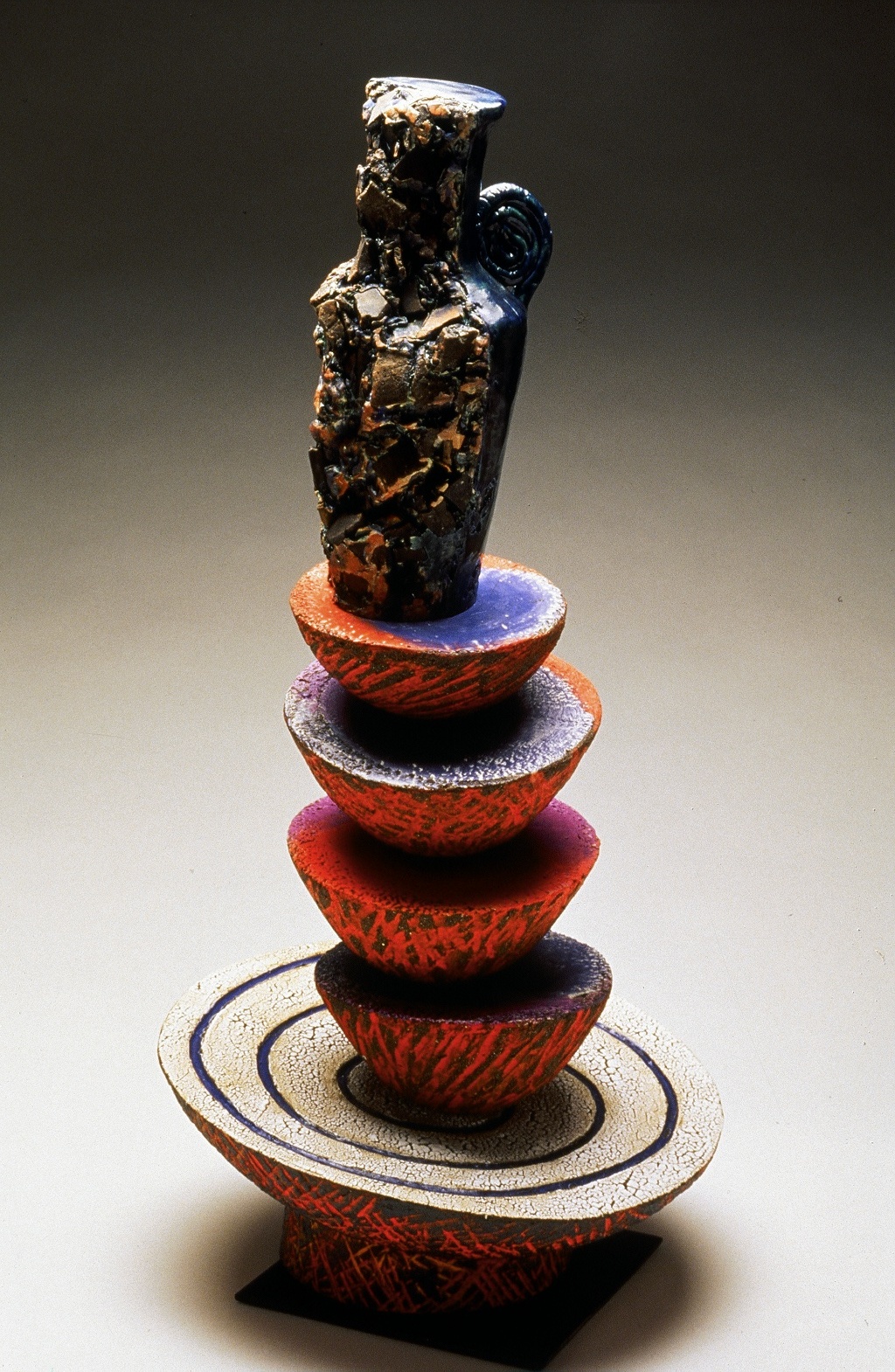1996-2000
In my Pang-ee series I use the spinning top, which could stop any moment, as a metaphor for the frailty of human life.
"A common thread I had in most my work are time as a visual element and scale beyond human perception. The eternal time span of Earth compared to human life and the incredible size of nature compared to the human scale make my existence and art making temporal and humble. My fascination with nature’s lasting power and vastness manifests strongly in my works. The ocean and desert surround me in California. The powerful ocean and its waves dwarf me. Vast dried earth and sands cleanse me. When I am with nature, I find myself peaceful and spiritual.
Many things in my life, especially my recent health problems, have evoked a thought of death as the moment of returning to a primal element such as earth’s dust . When faced with my own mortality, every day seems more precious; seeing another sunrise next day is a blessing. Every sunrise and sunset has richer meaning. The colors of the sky are even more vibrant.
In my current series Pang-ee (Korean word for spinning top), I use the spinning top, which could stop any moment, as a metaphor of the frailty of human life. The traces left by the top are the marks we leave behind. The shadow cast by the top reflects the different time of the day. The pattern of the tops and the shadows is a visual element of time passing.
The intense orange, yellow and purple colors of day breaking or sunsettings are juxtaposed with a dark black surrounding. Geometric forms from the man made environment are combined with natural forms and organic textures. Harmony is created in contrast: nature versus human, mortal versus immortal, object versus primal element.
In this series I tried to create an illusion by using different sizes and vectors within a work. Size is relative to your viewpoint- from an airplane, from the moon or from human eye level. Scale is transformed- large can be small while distant can be close.
My works with the Pang-ee theme depict continuous rotational movement in the form of spinning drawings in the sand, on the clay, and on splashing waters. The short-living, meta-stable Pang-ees are contrasted with the abstracted natural environment, ruins of old civilization and shards of archaic pieces, which extends far beyond the human life.
I am re-defining the concept of human scale and time from a different perspective. Sometimes the meaning of my work may be ambiguous to the viewers, but I encourage the viewers to have their own interpretation of my works. I believe they will relate my works with their own views of life. As Marcel Duchamp said, the viewer completes the creative cycle."
The Pang-ee series was created between 1996 and 2000.
